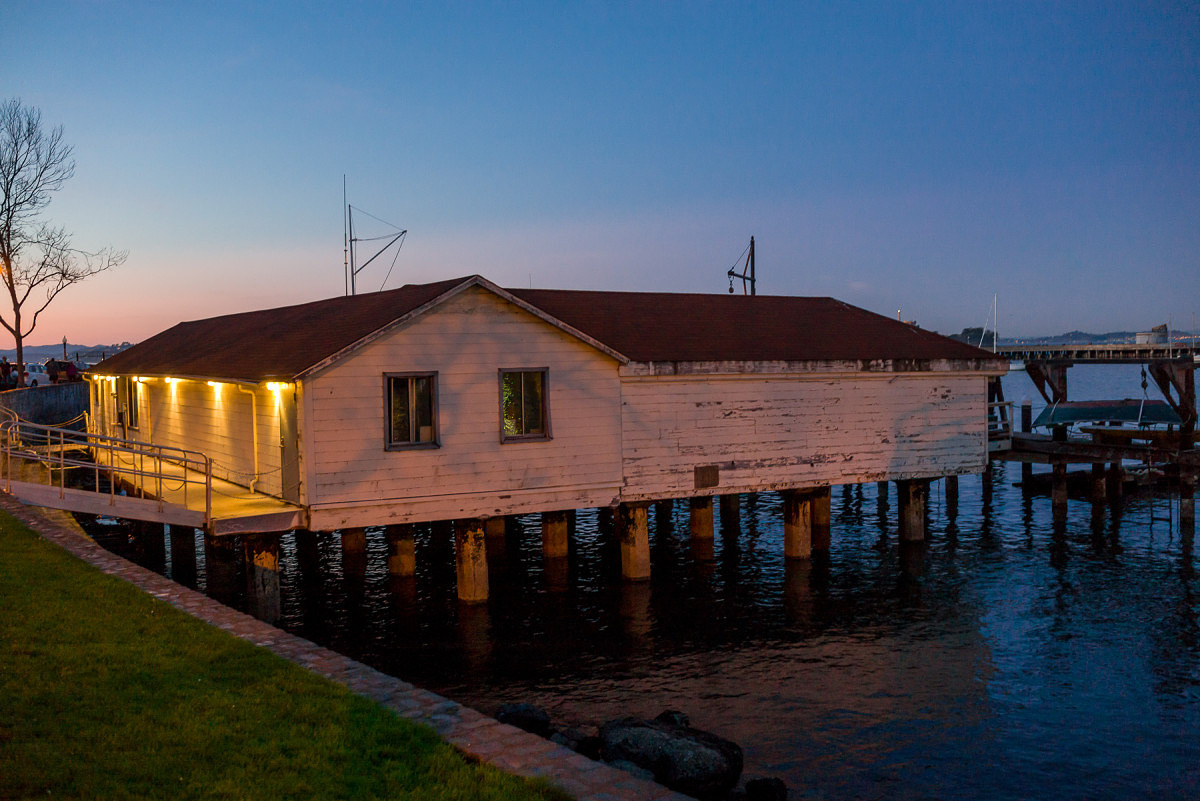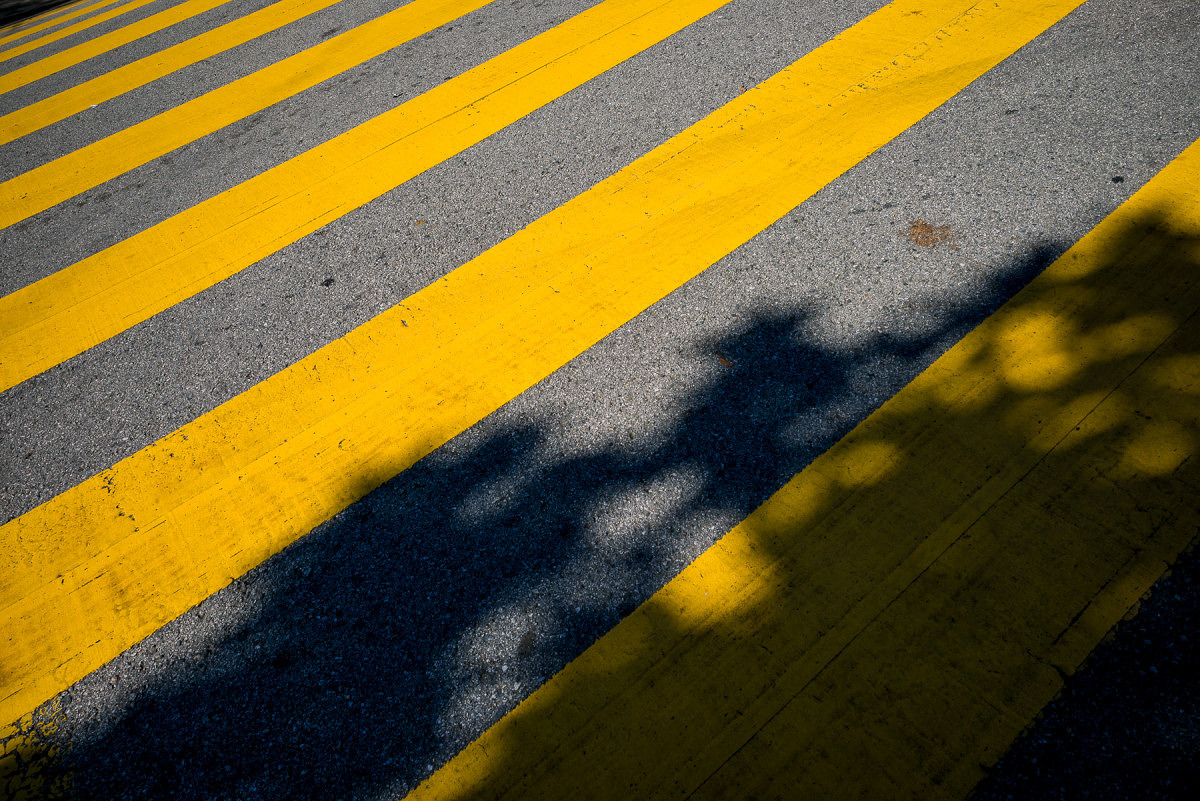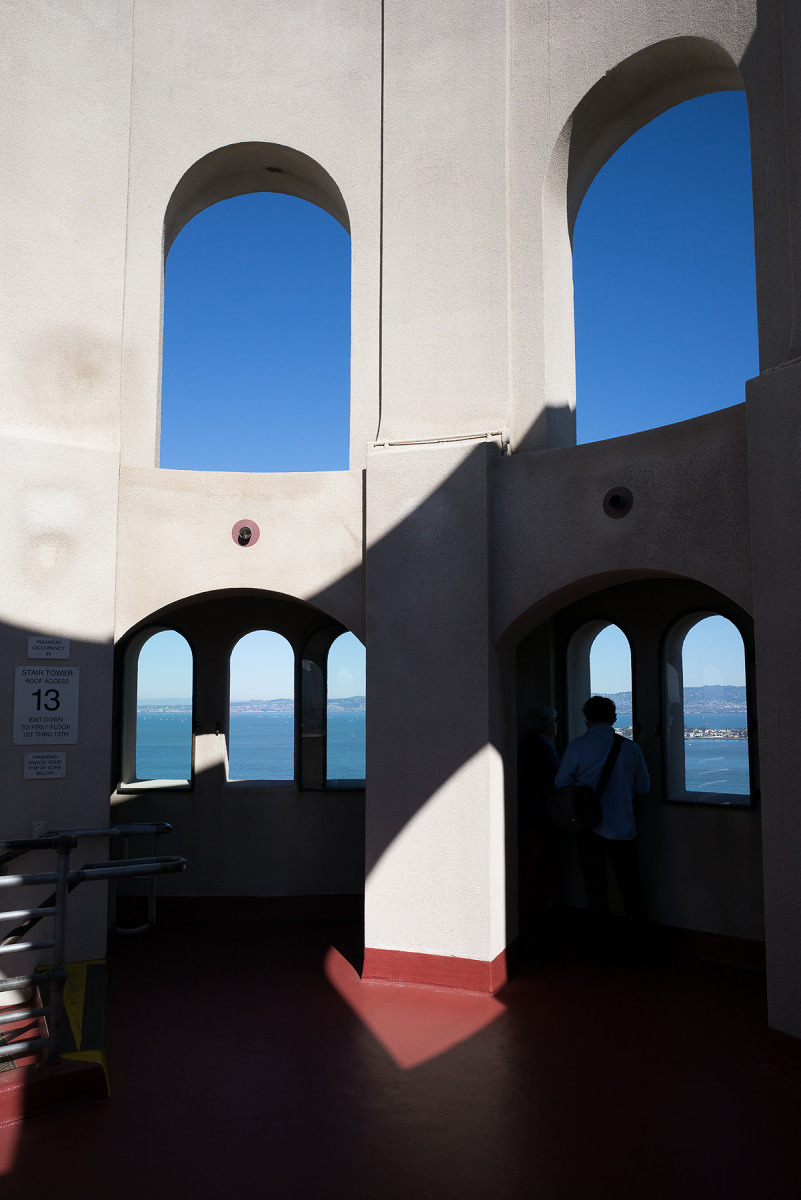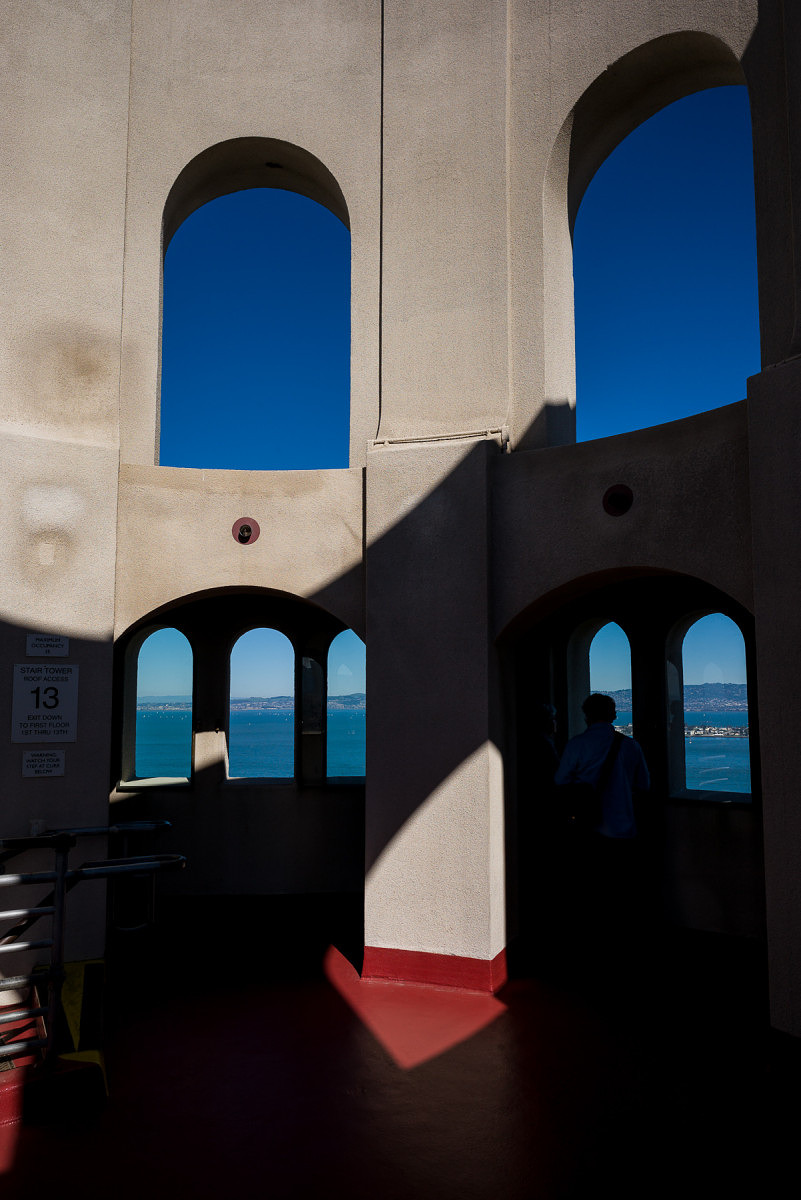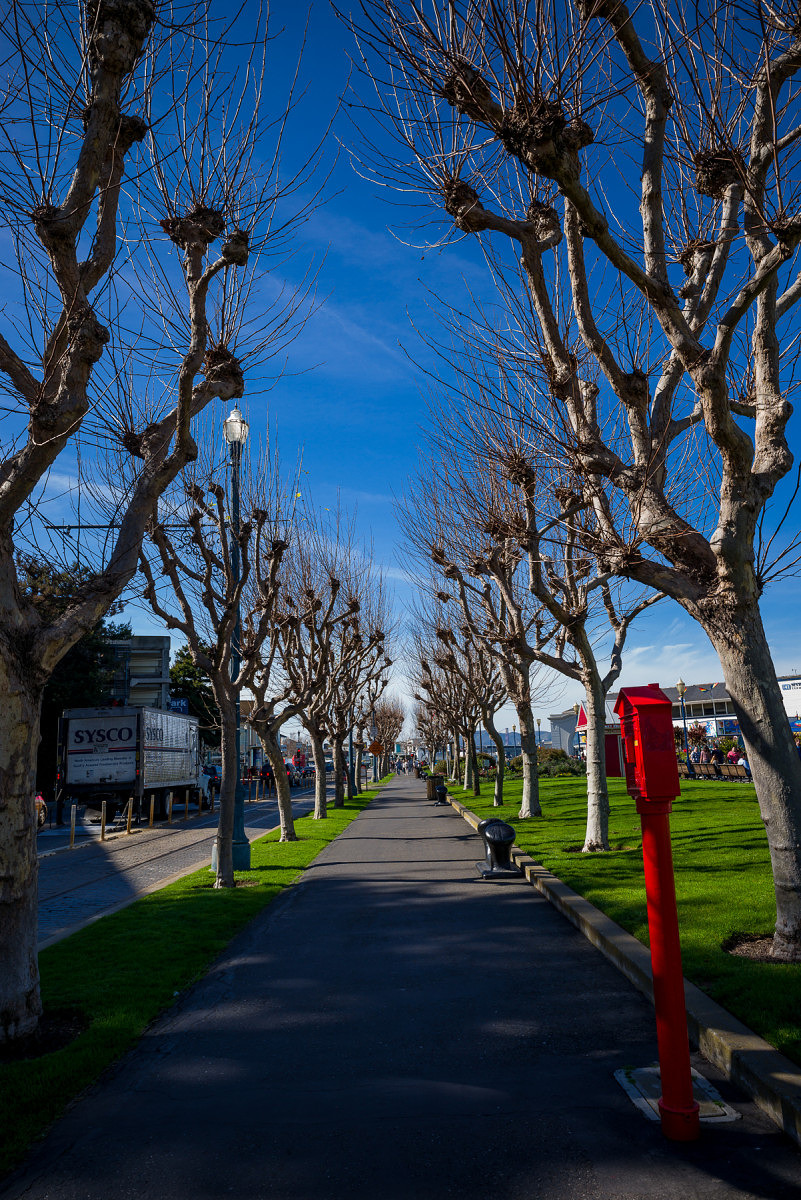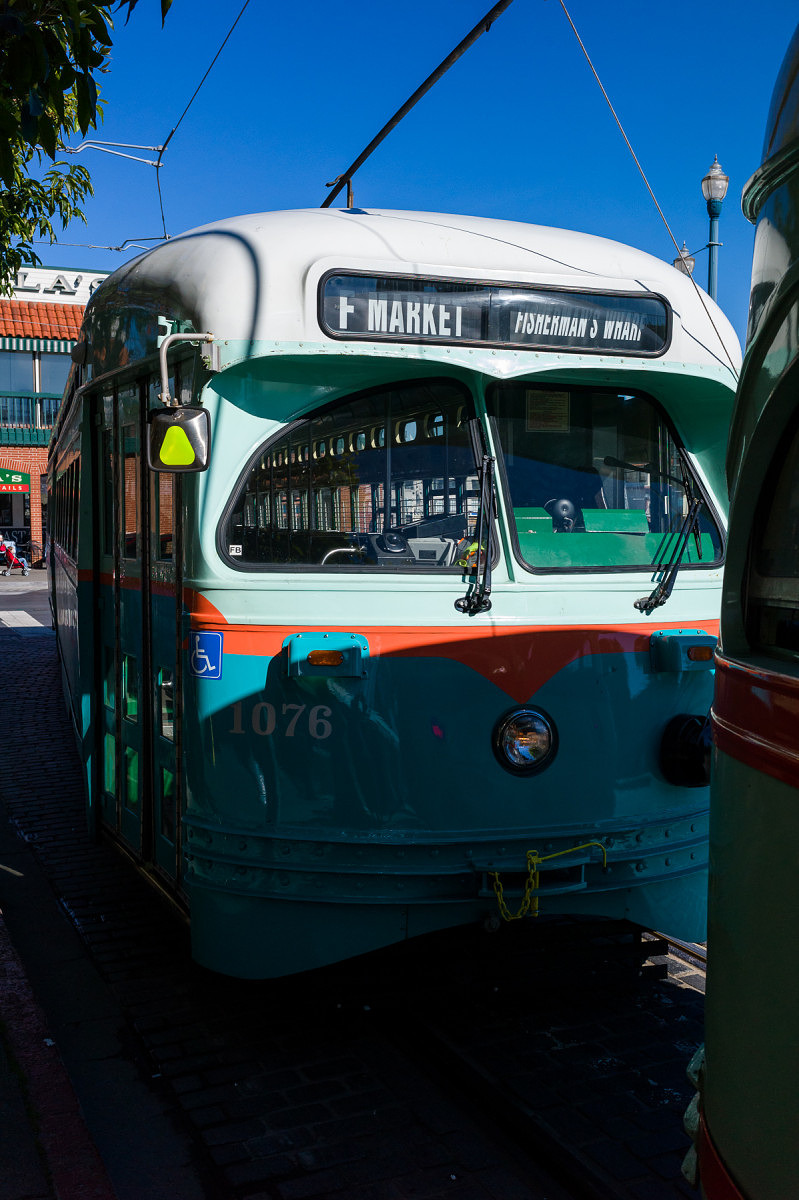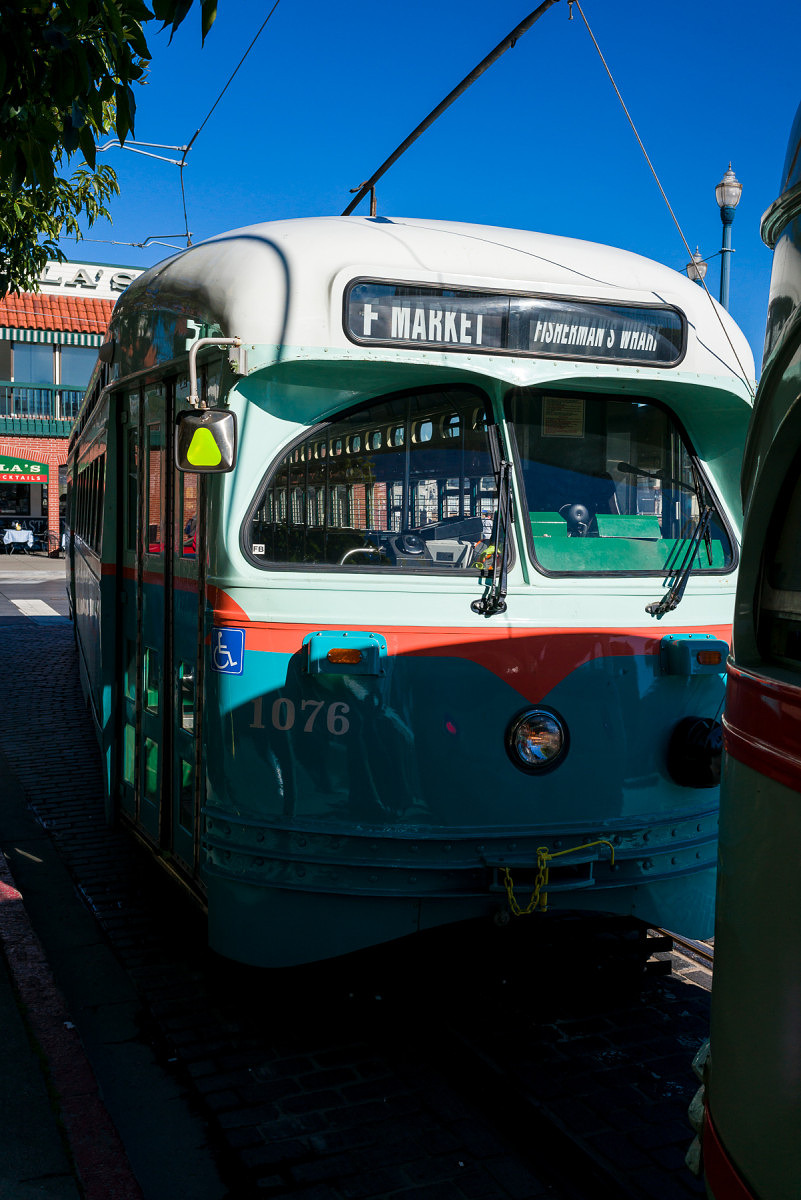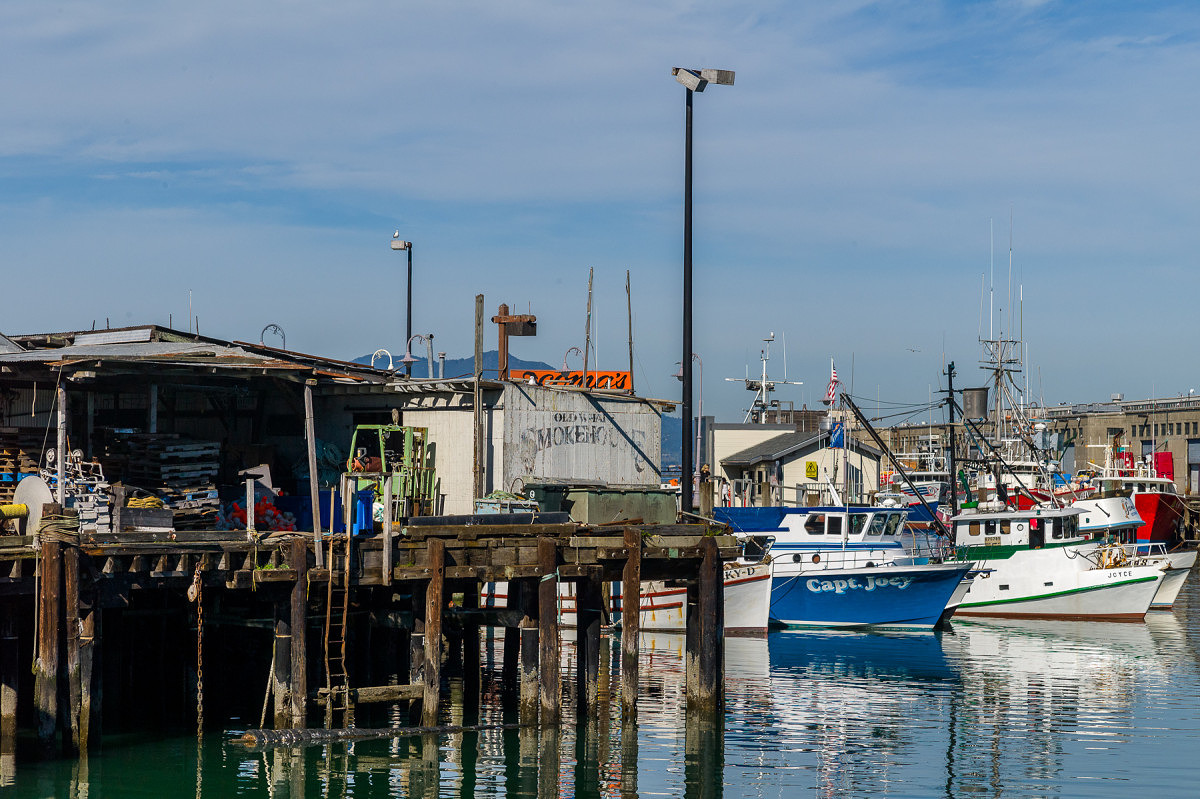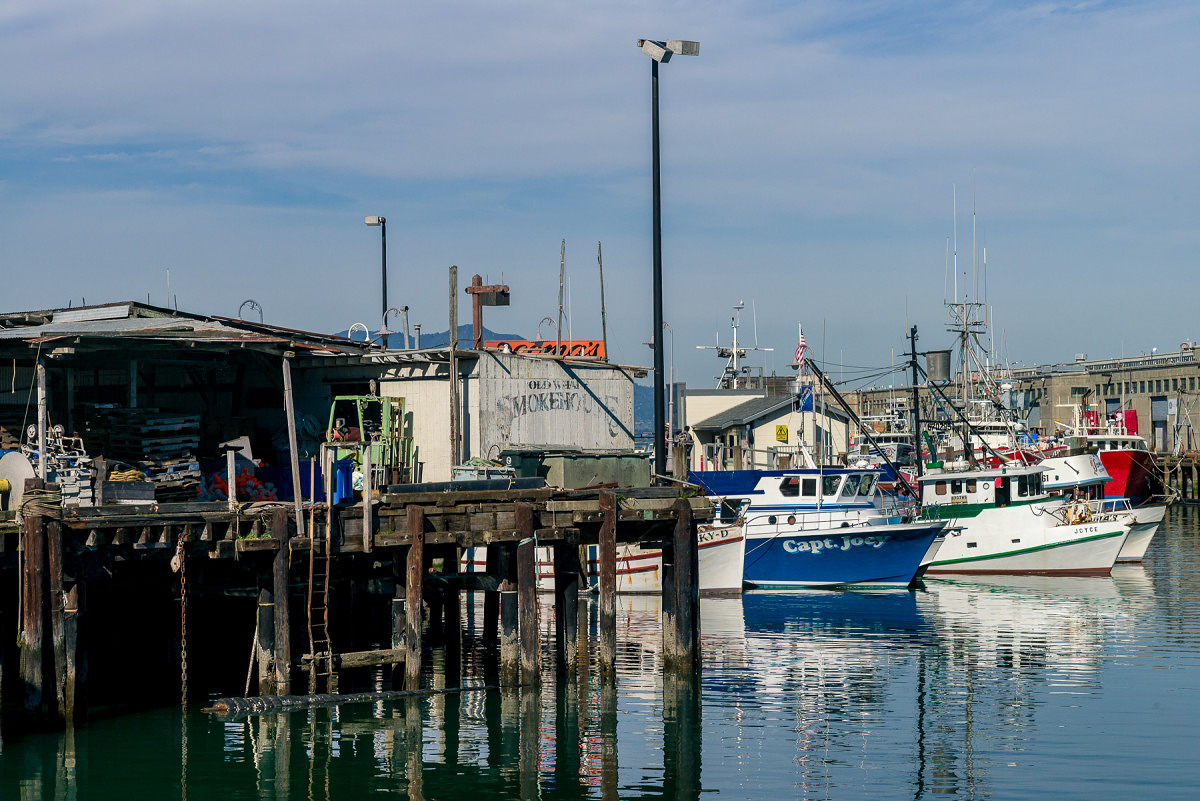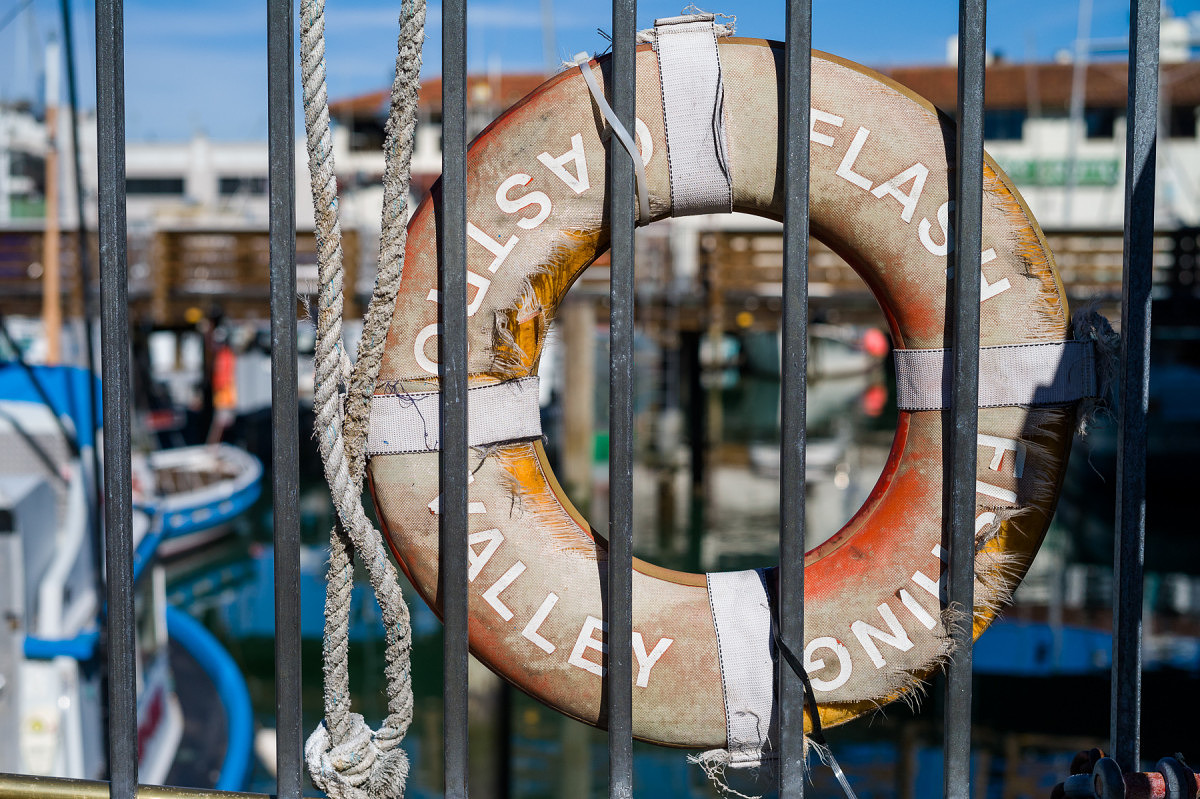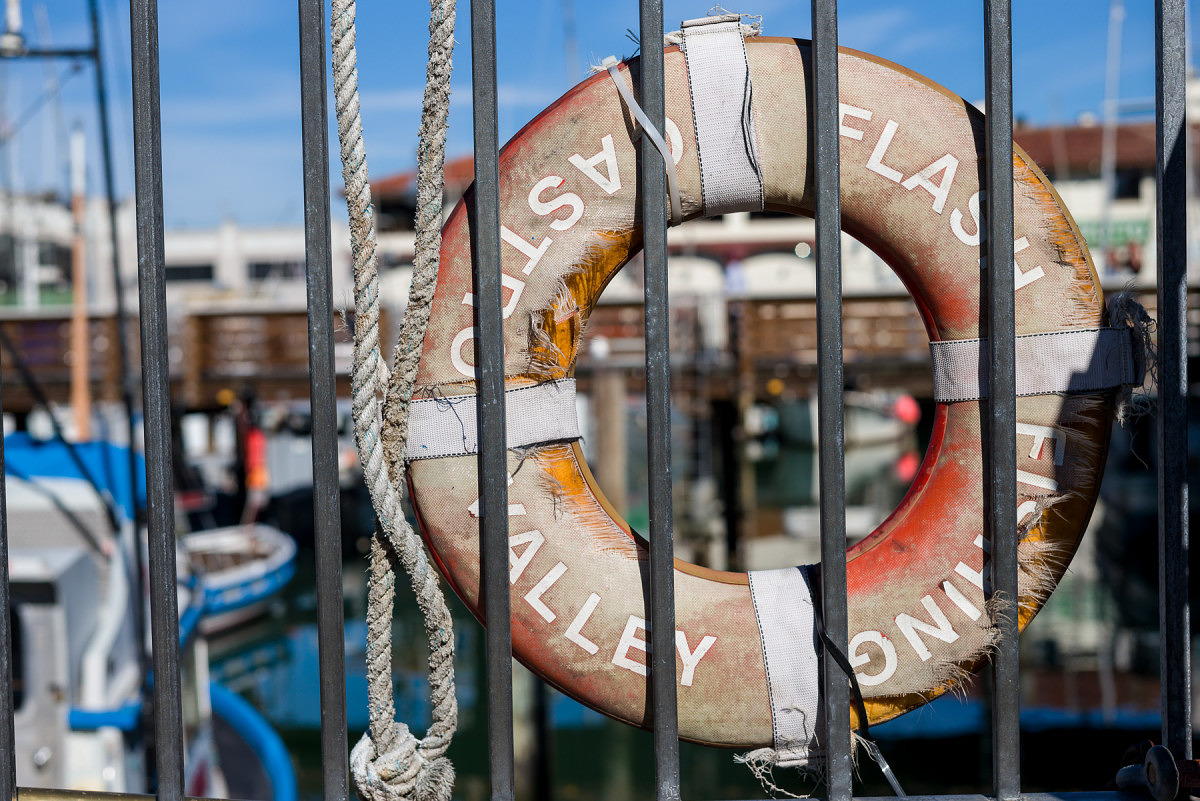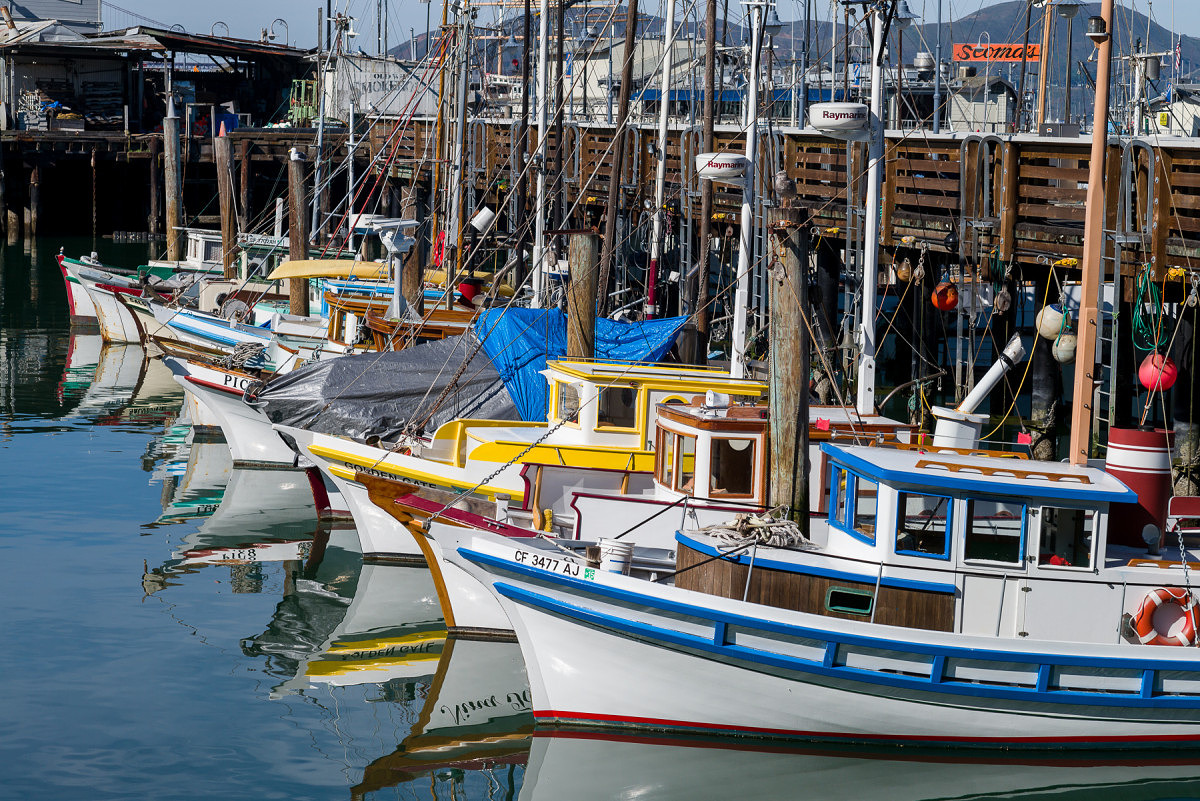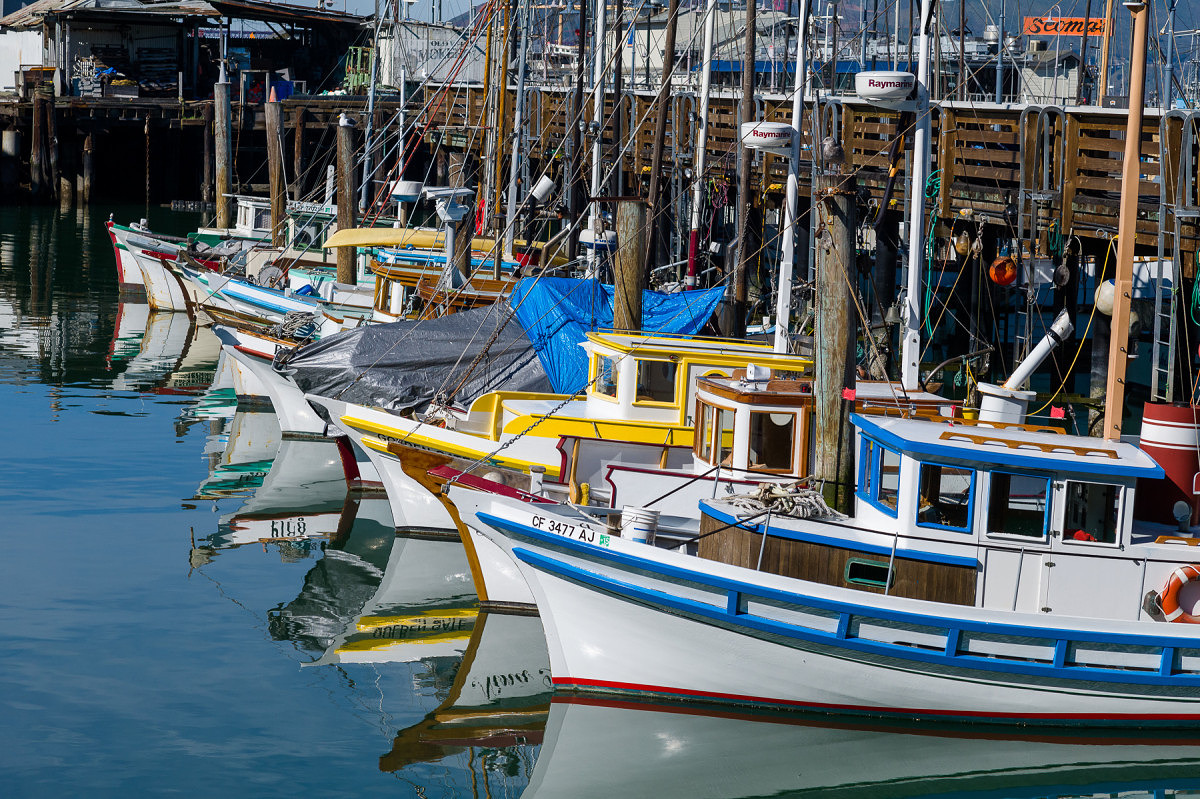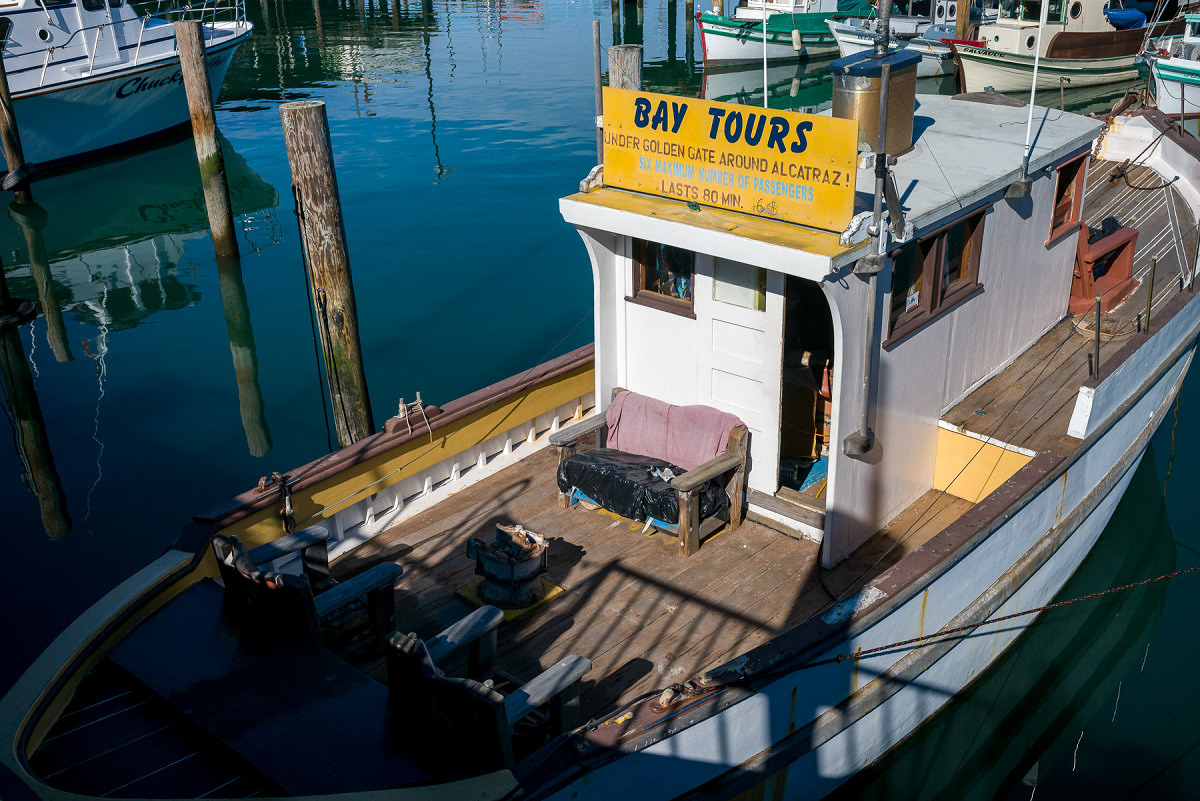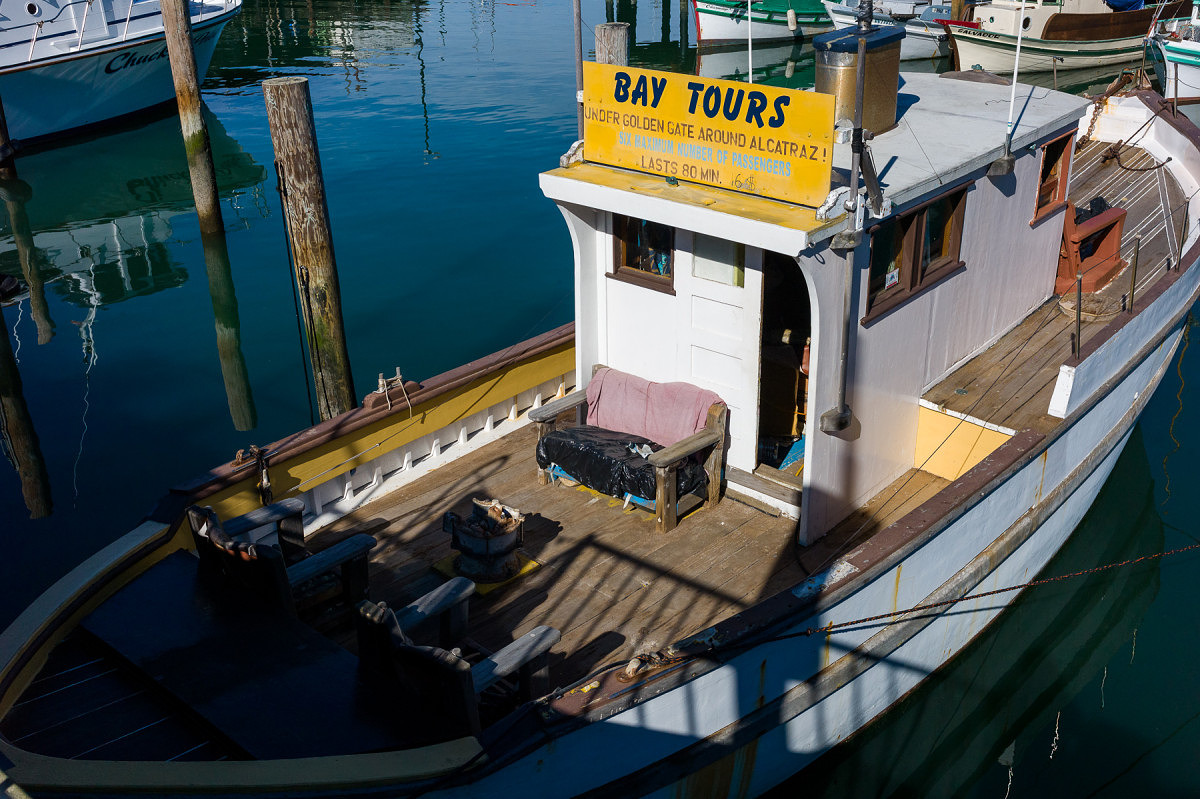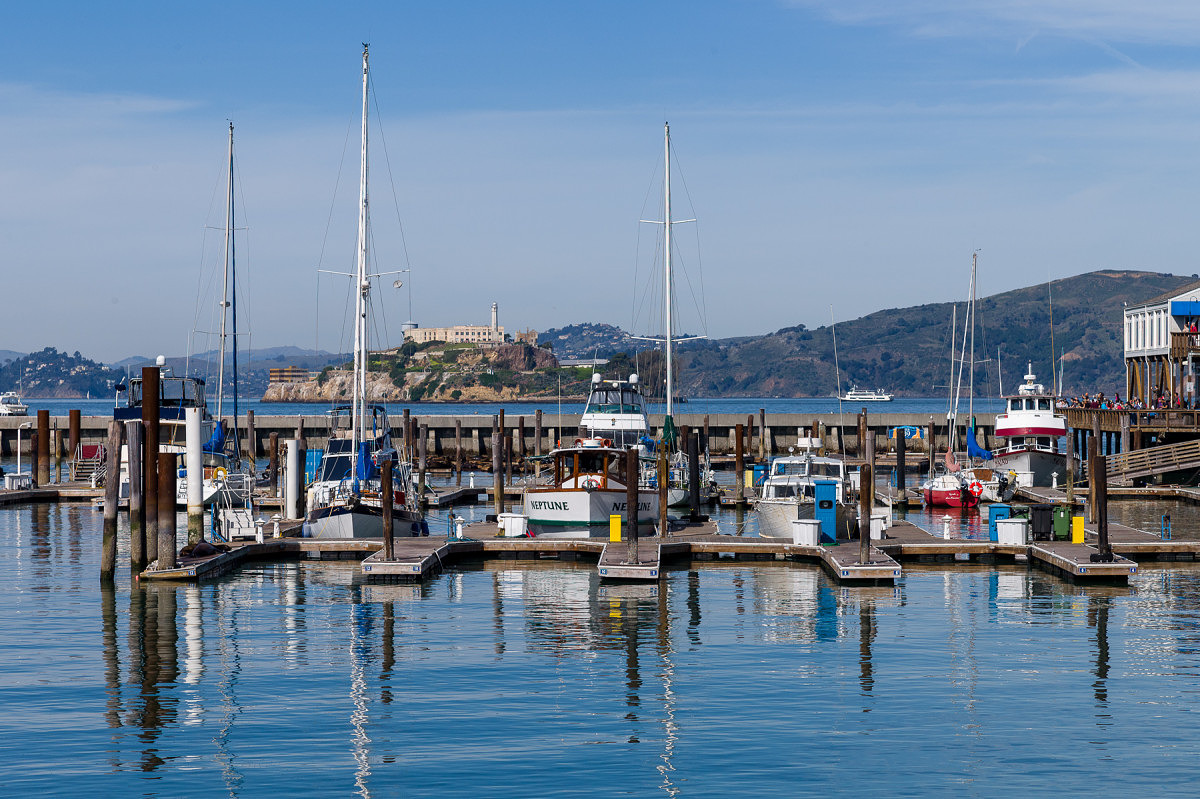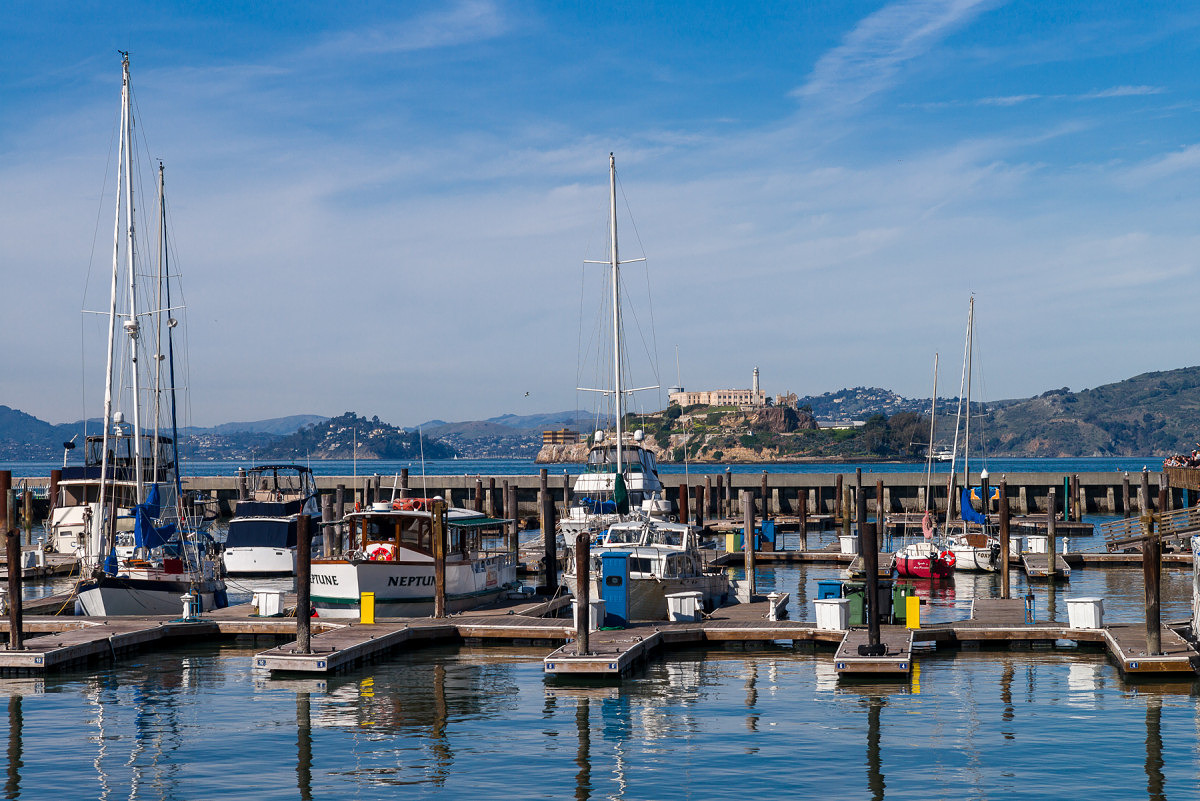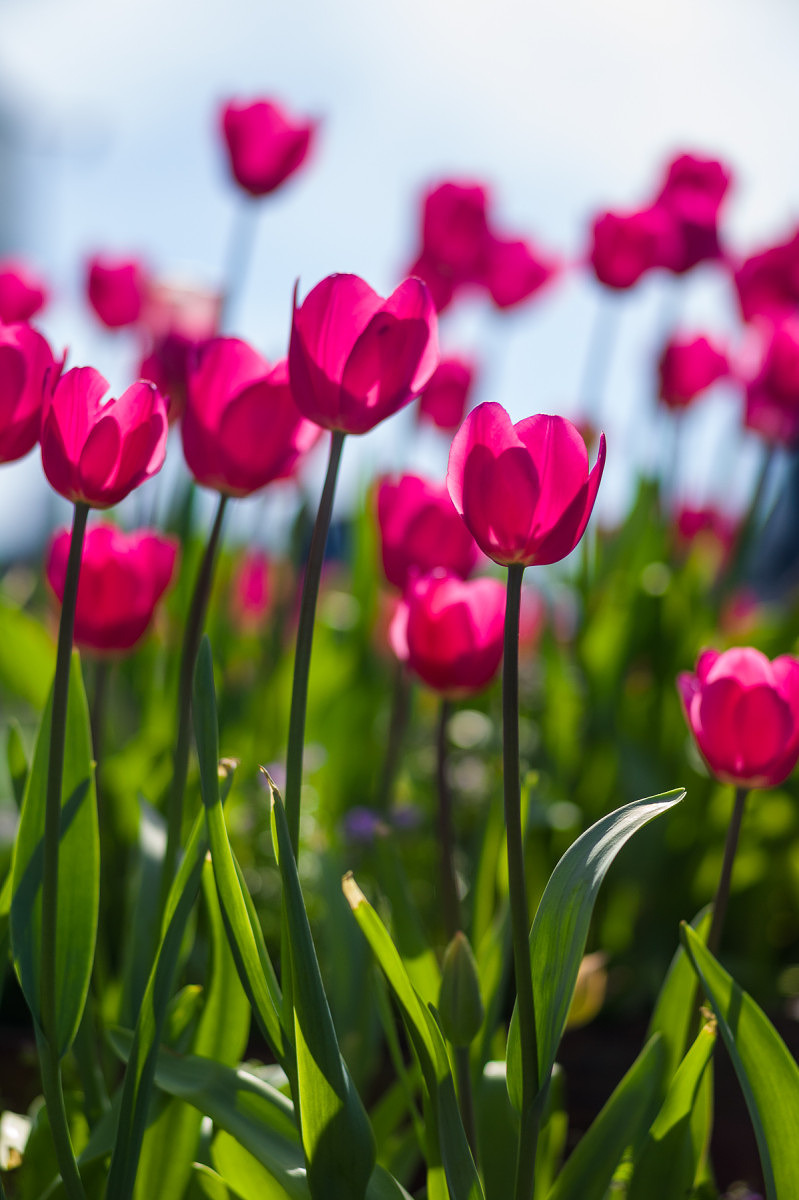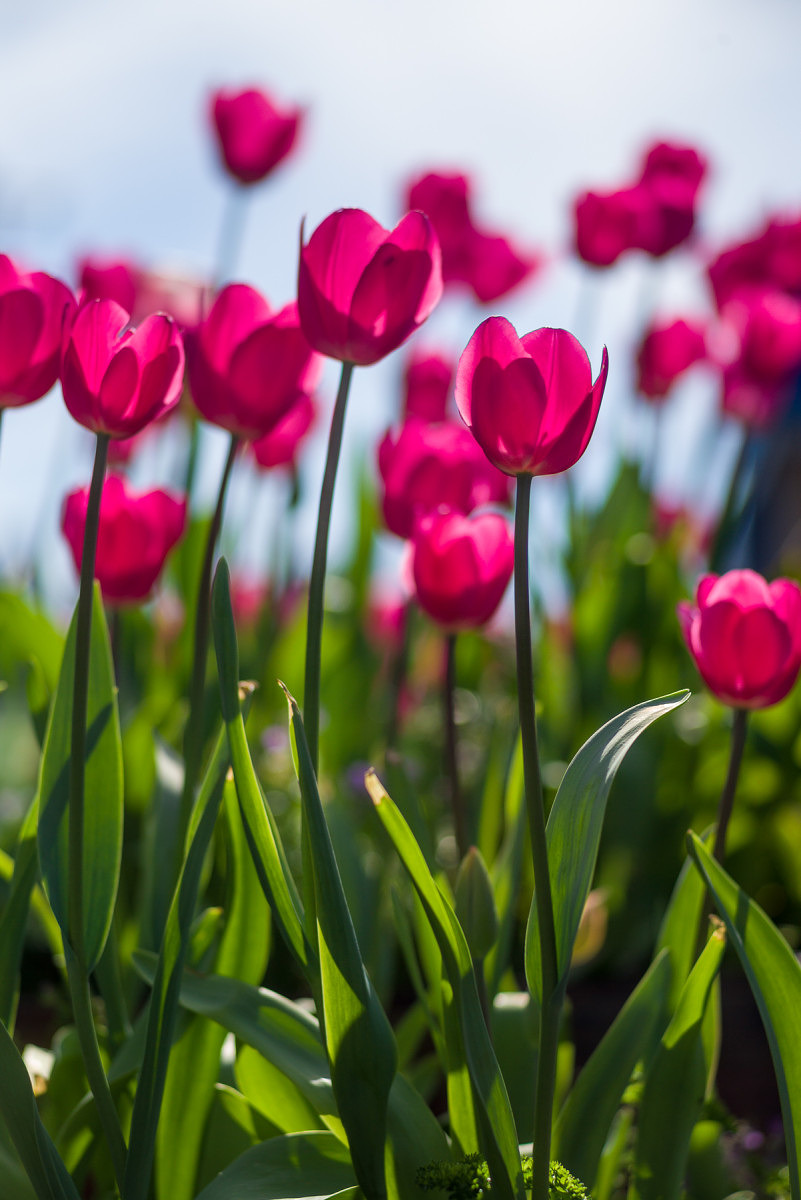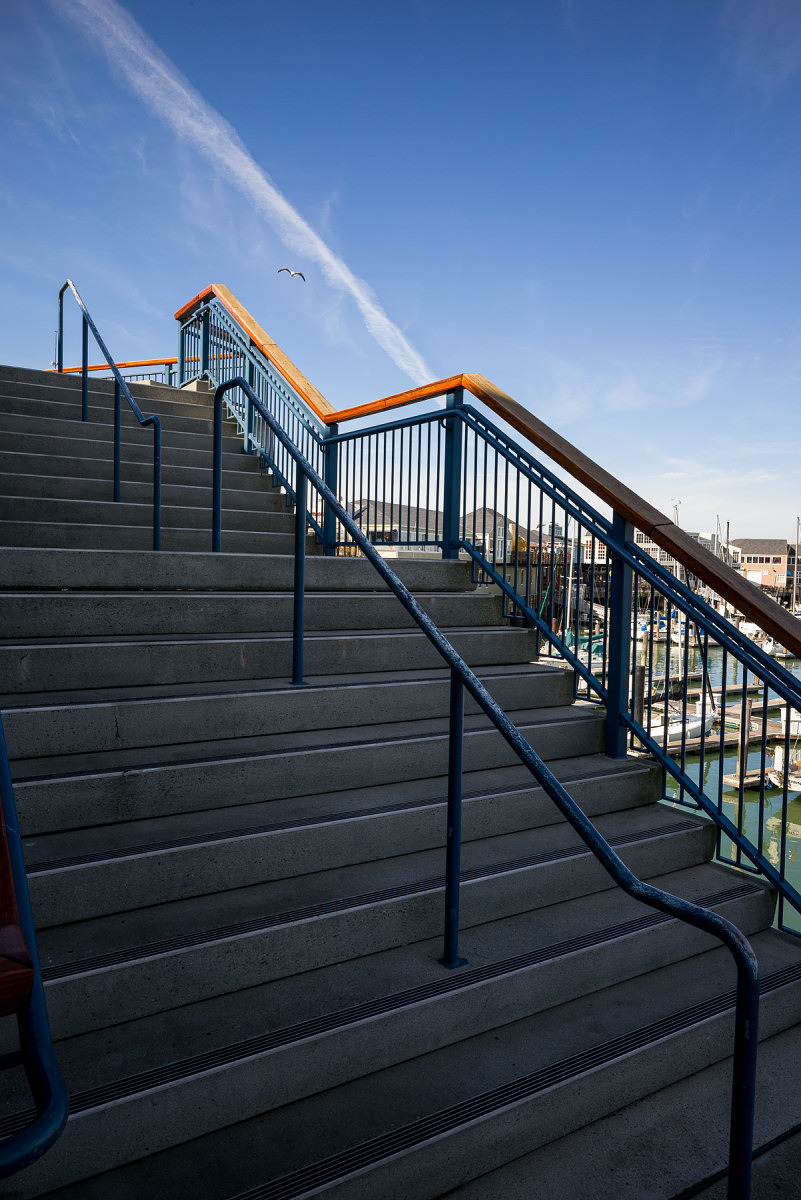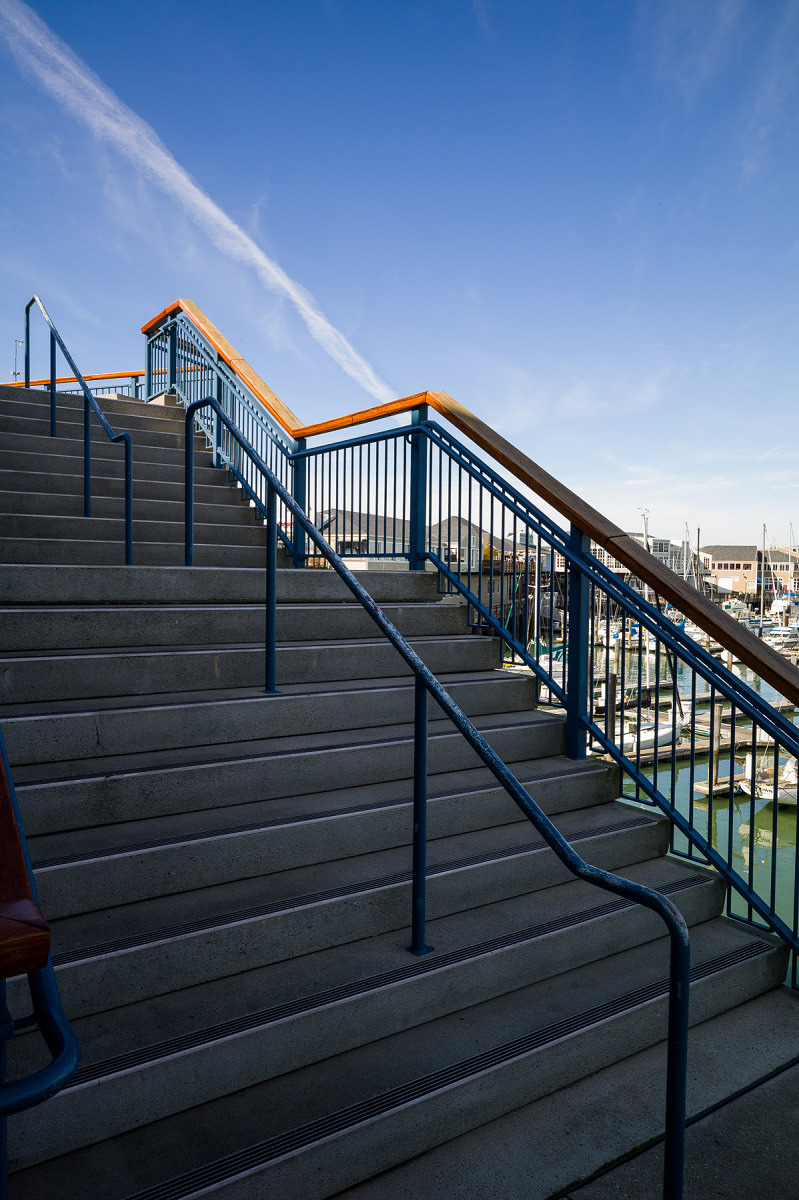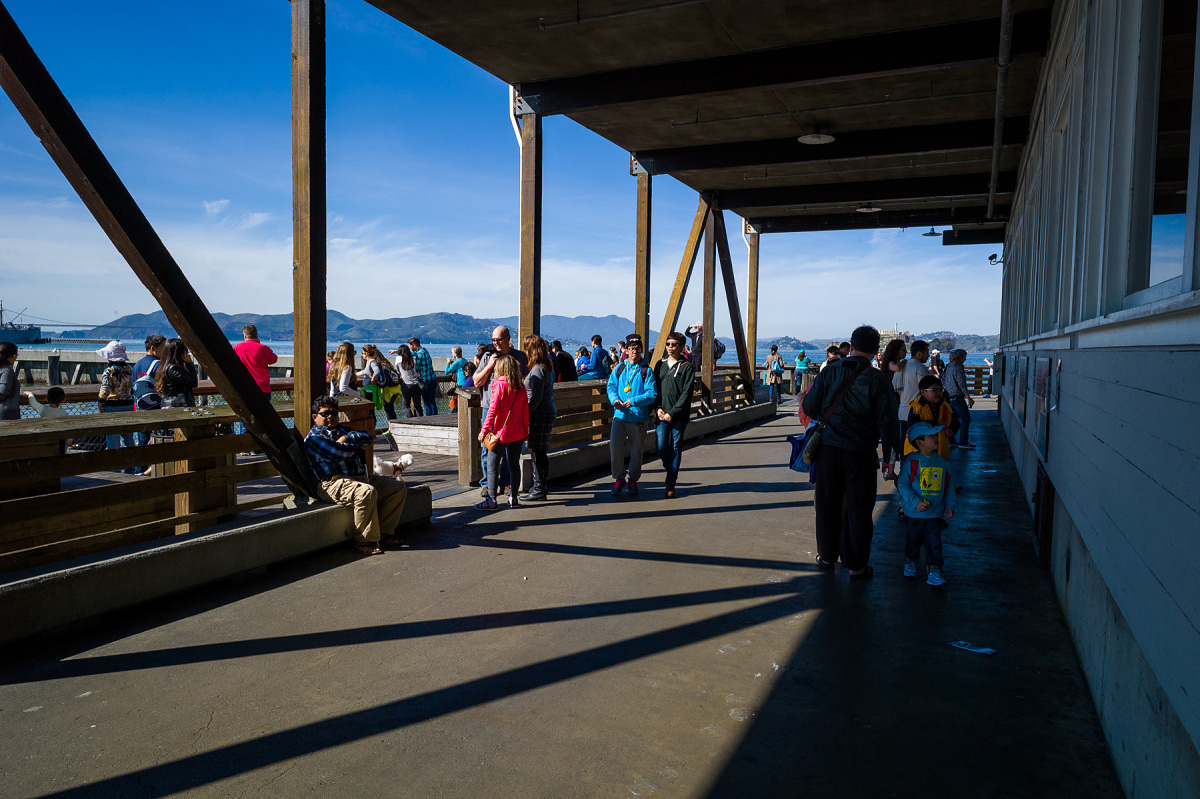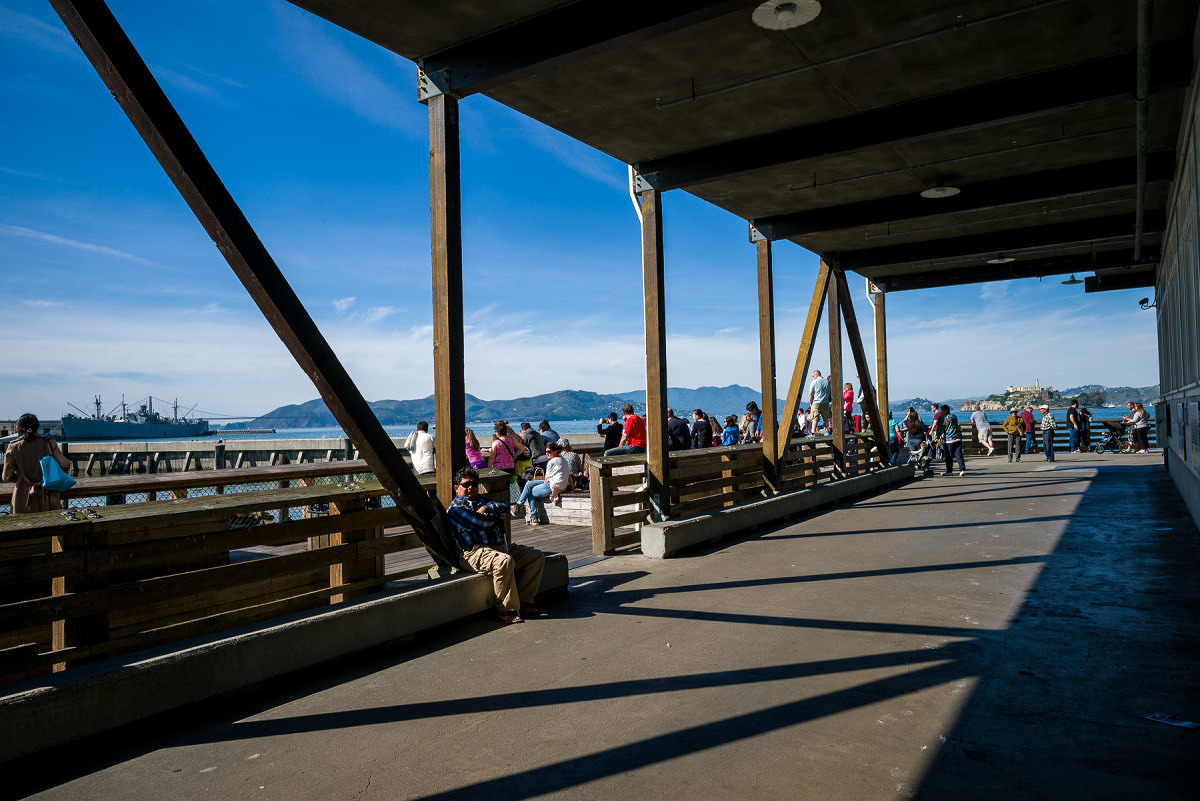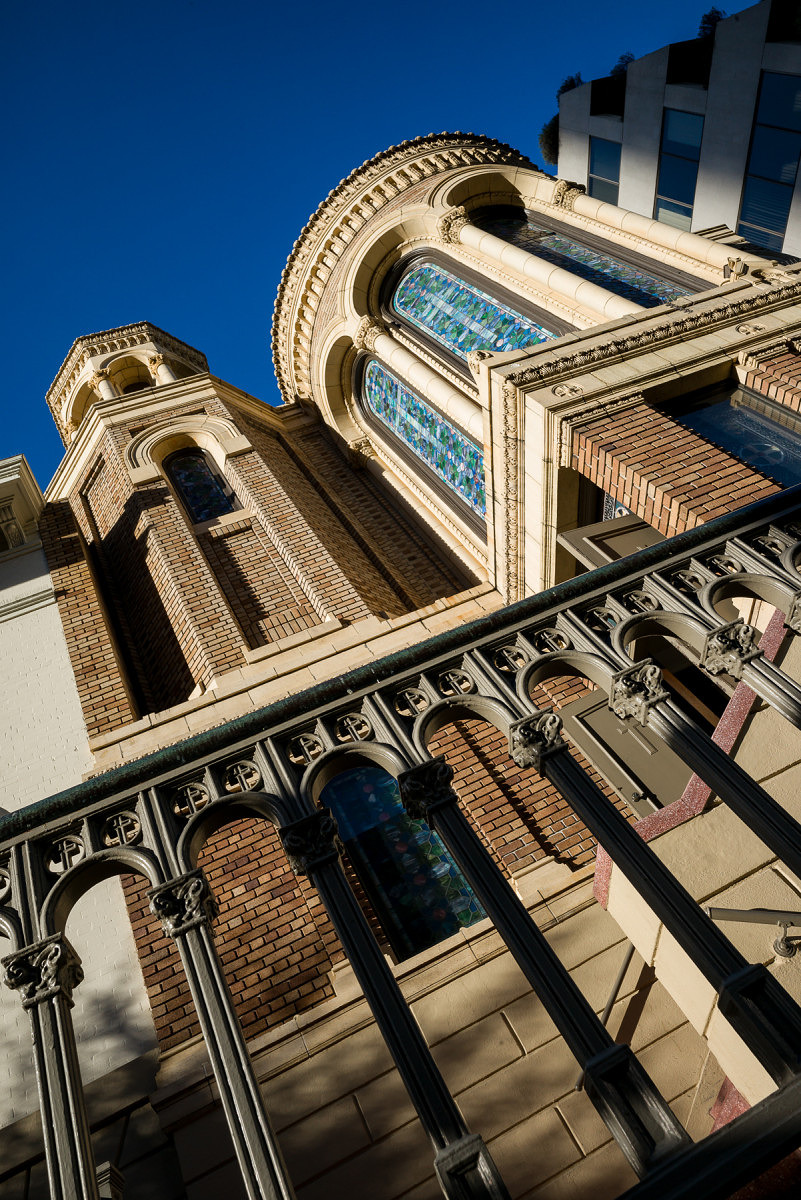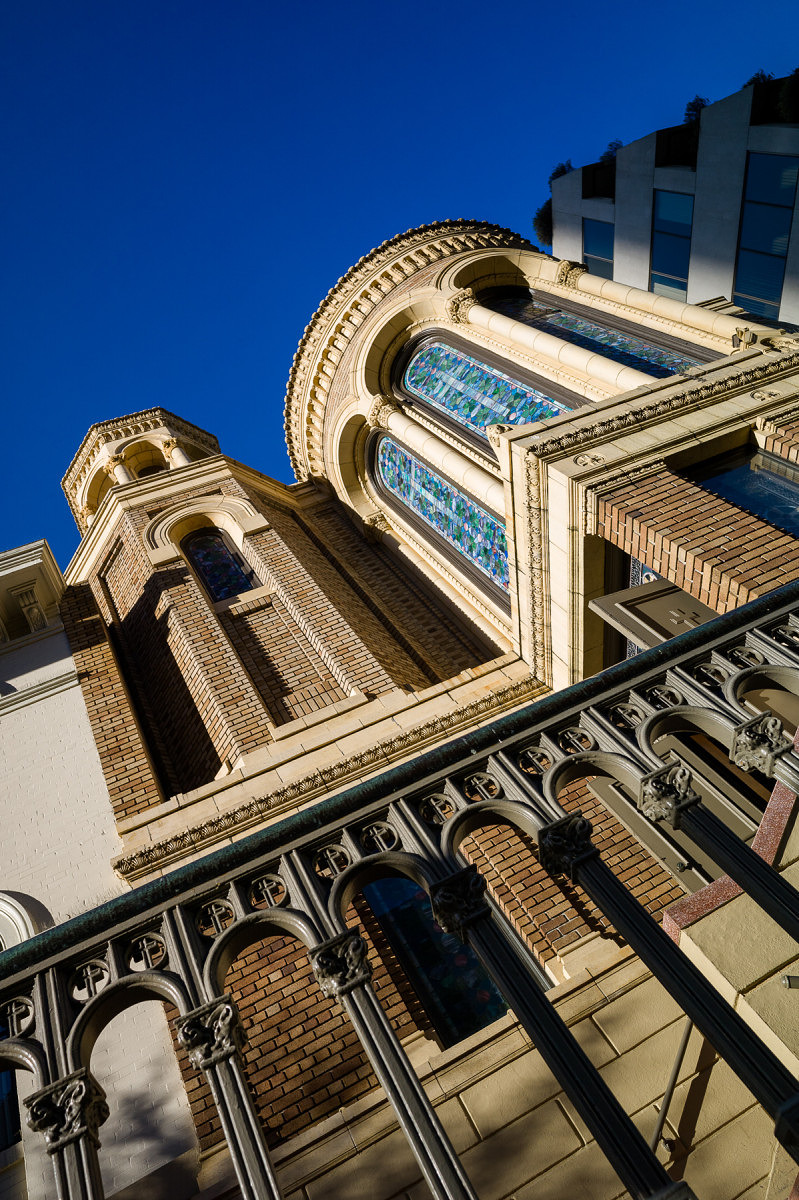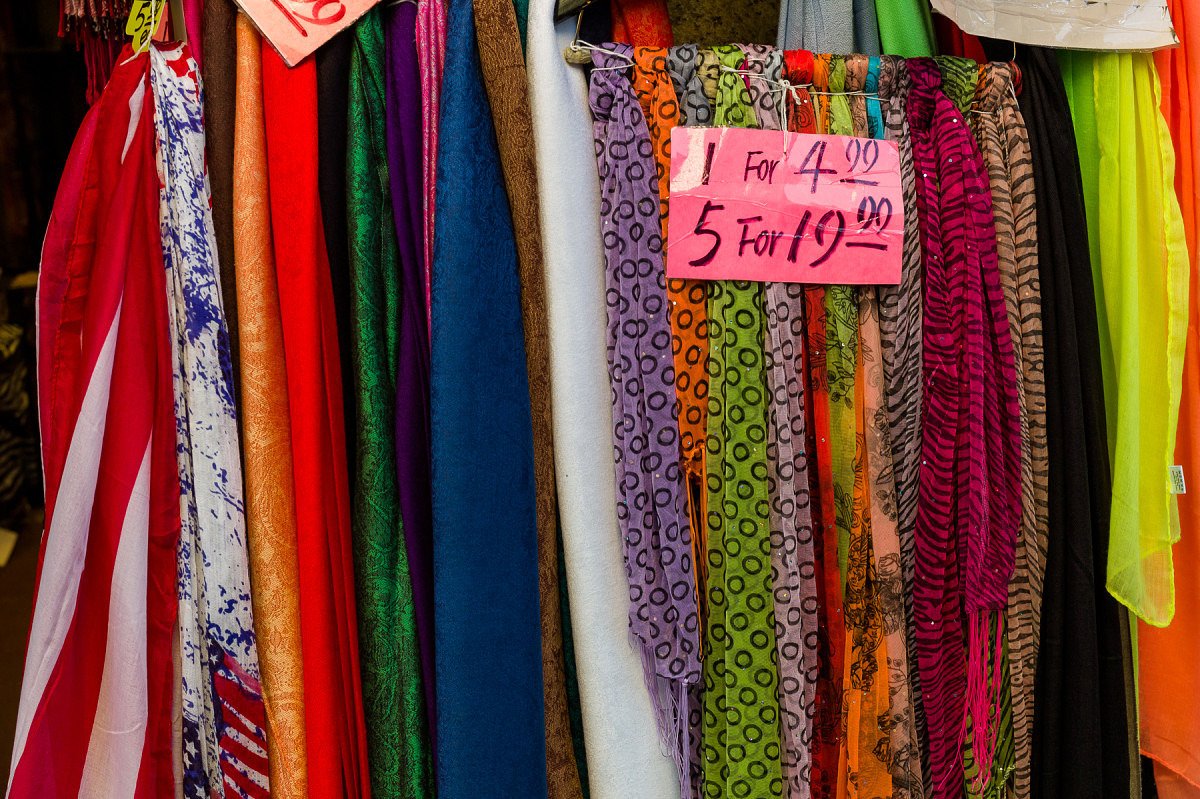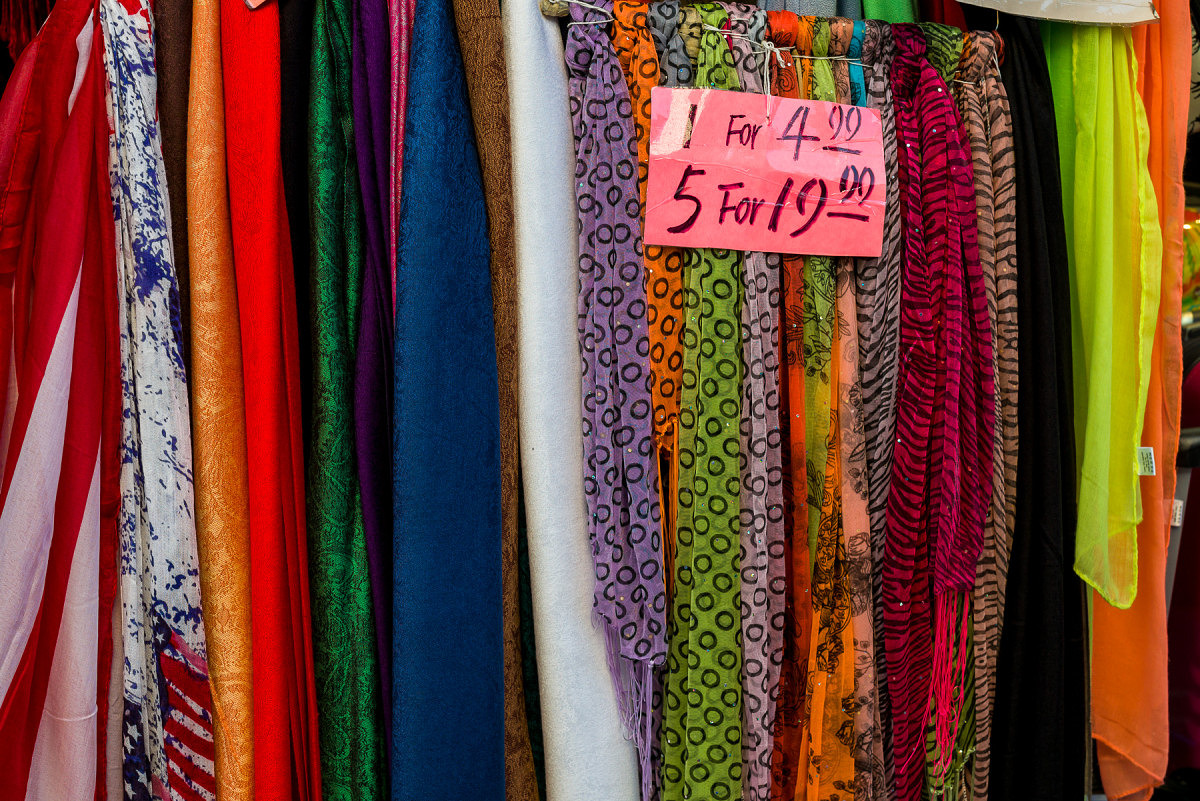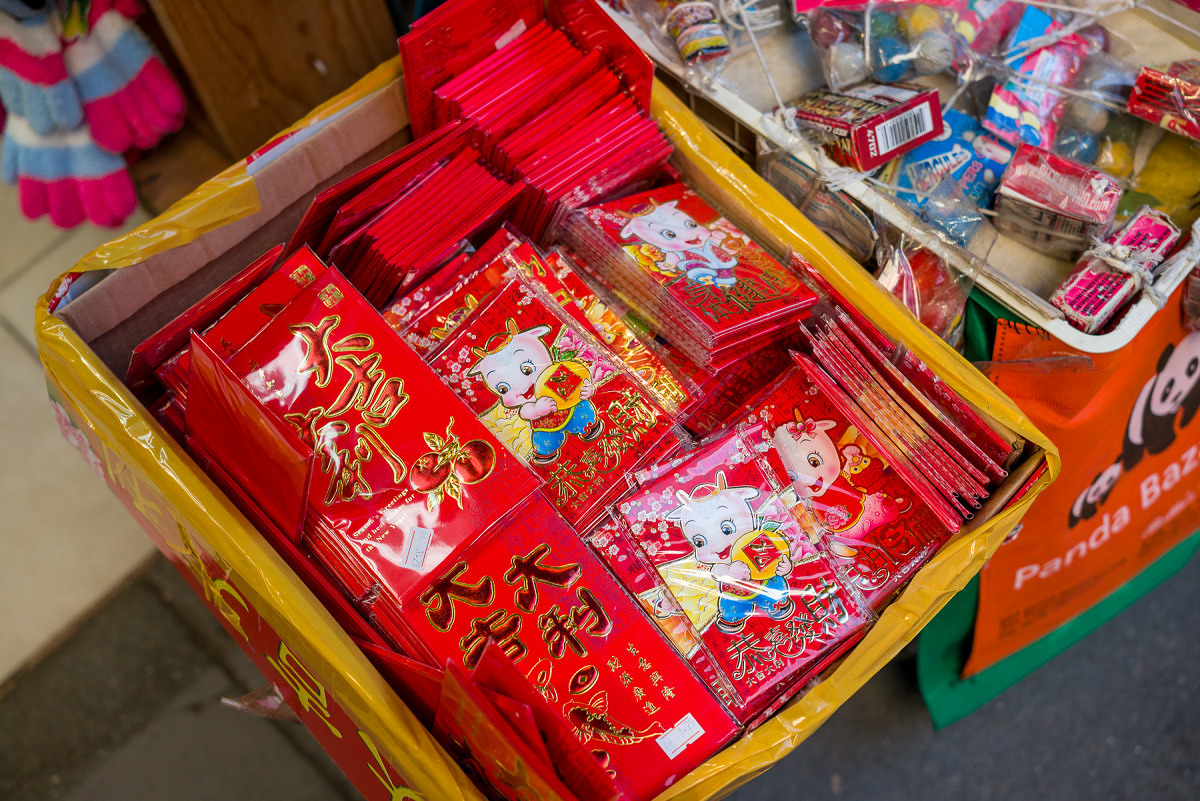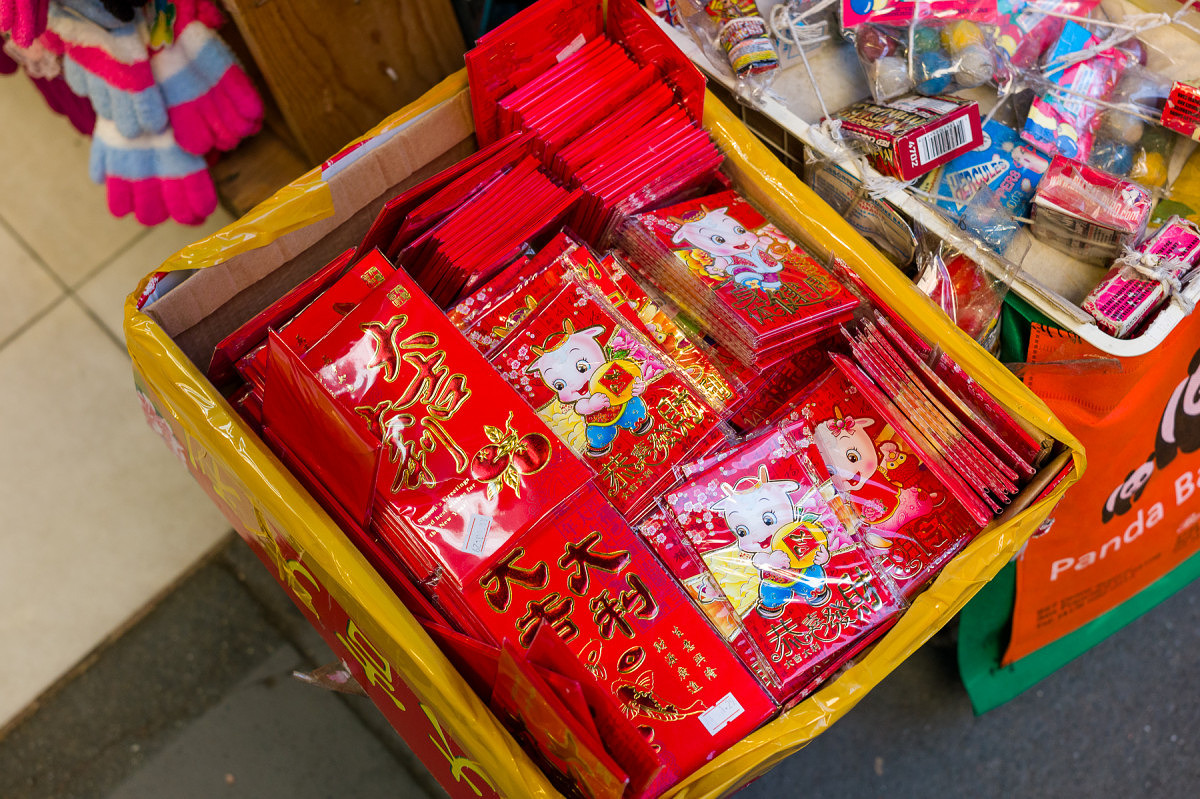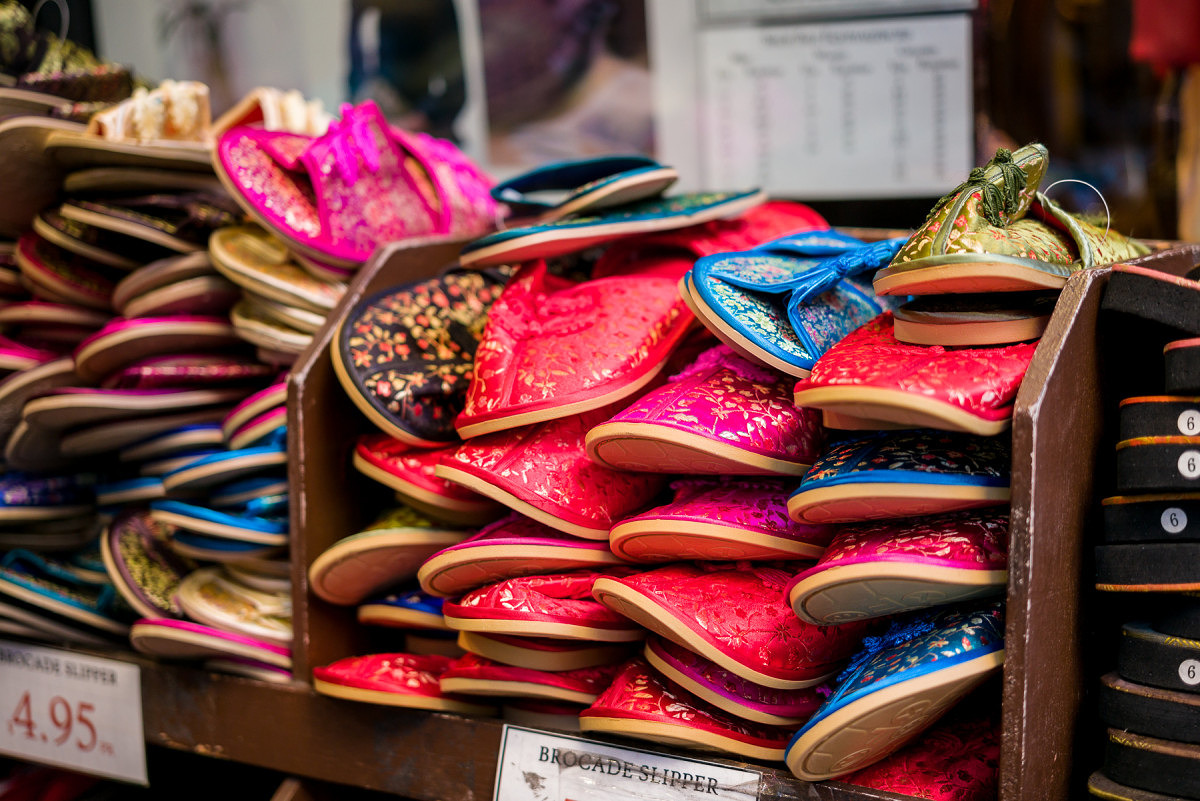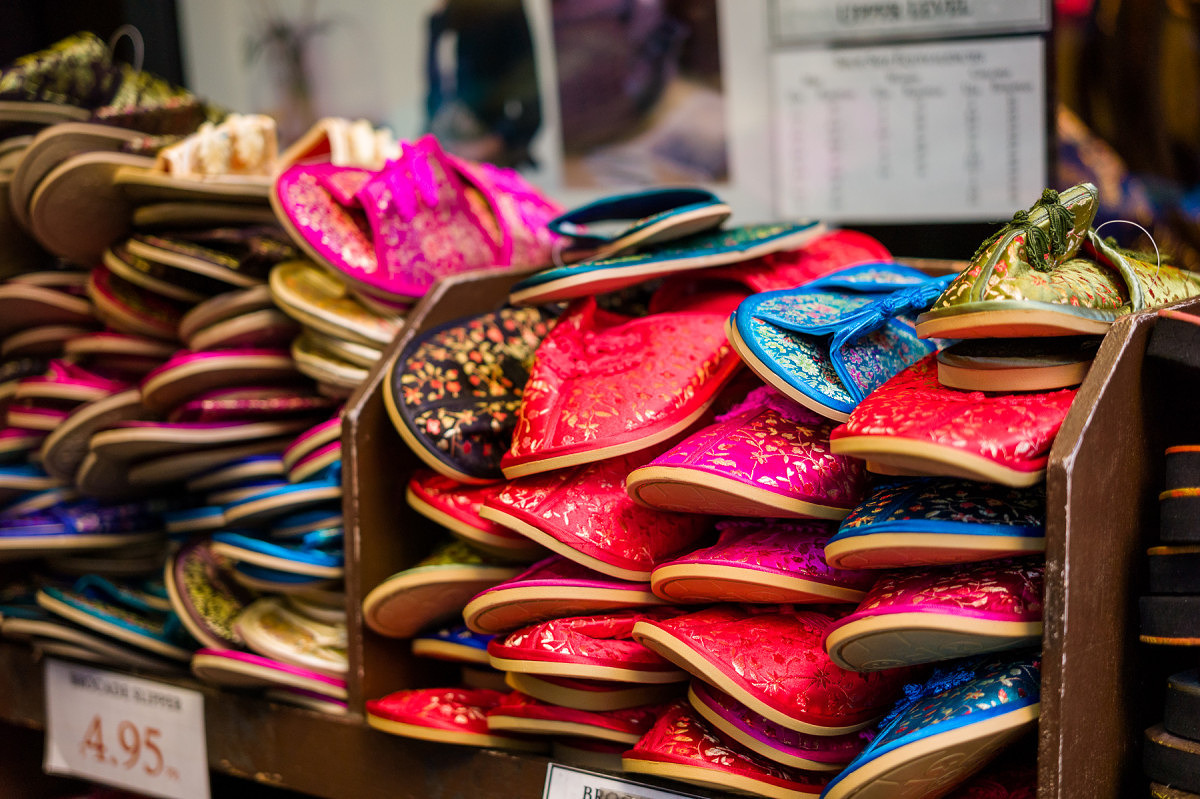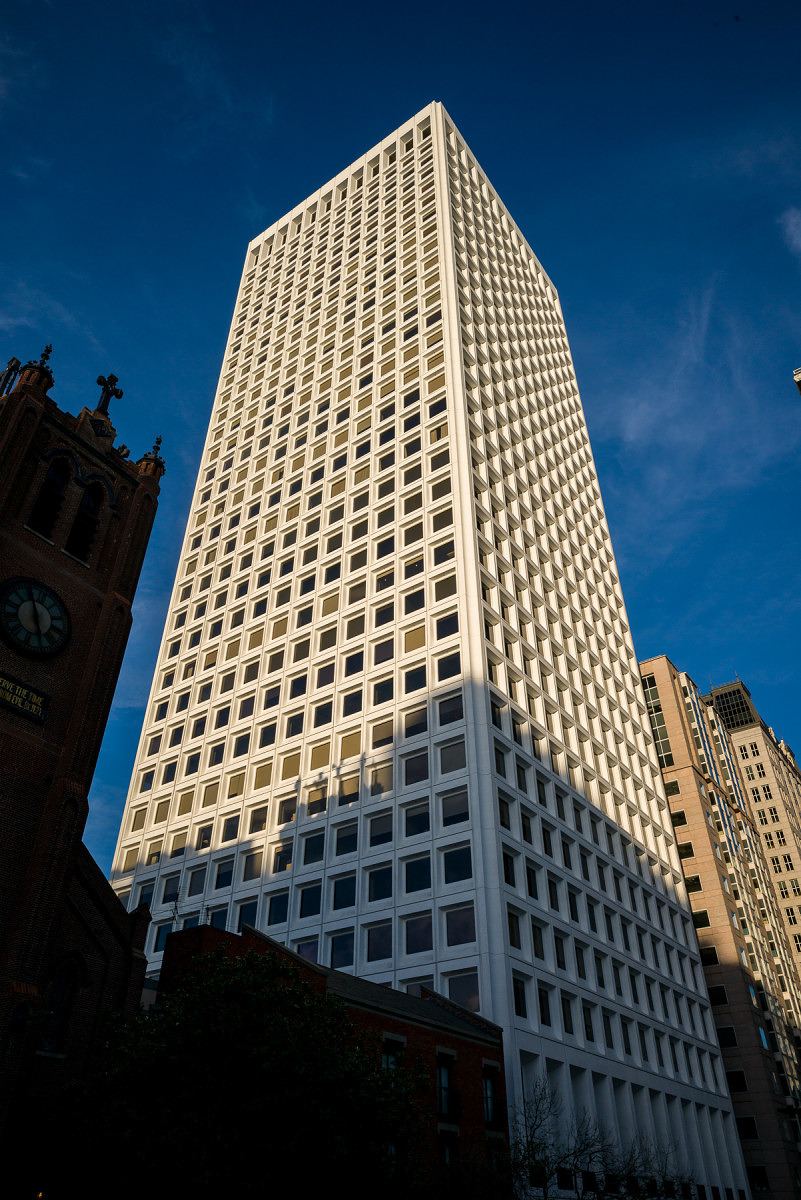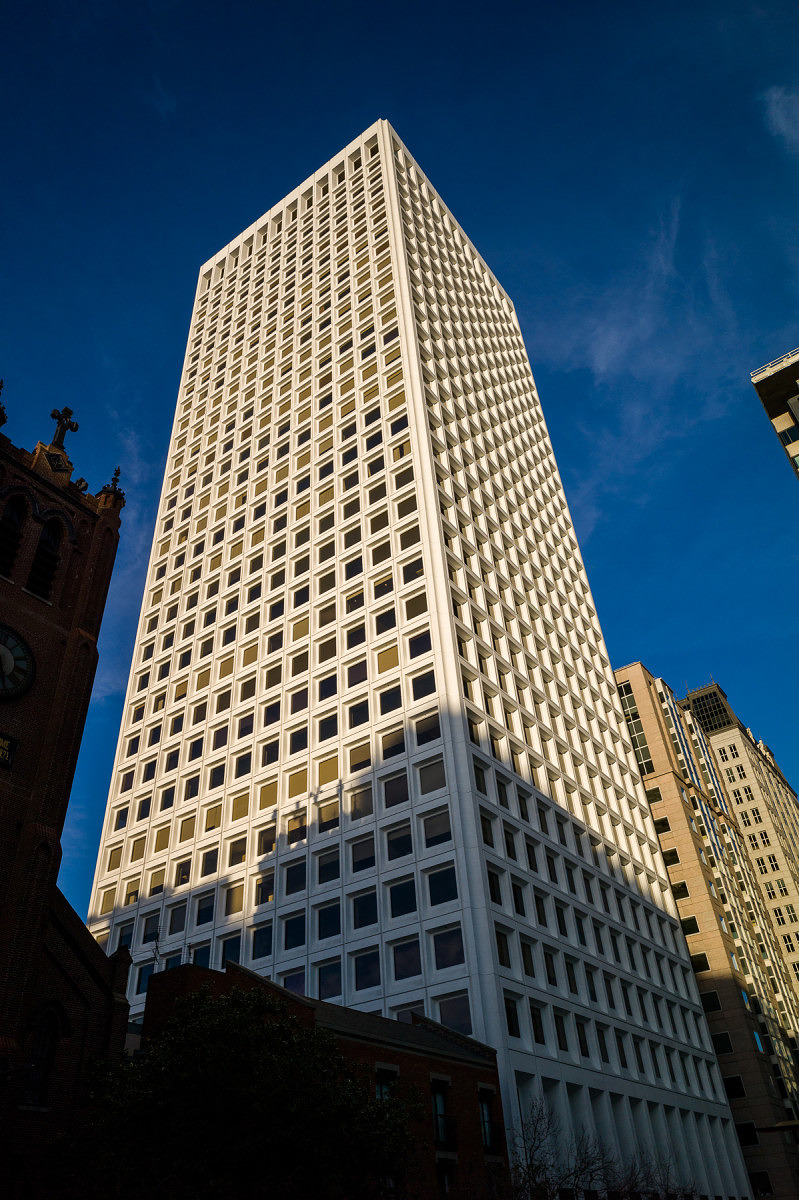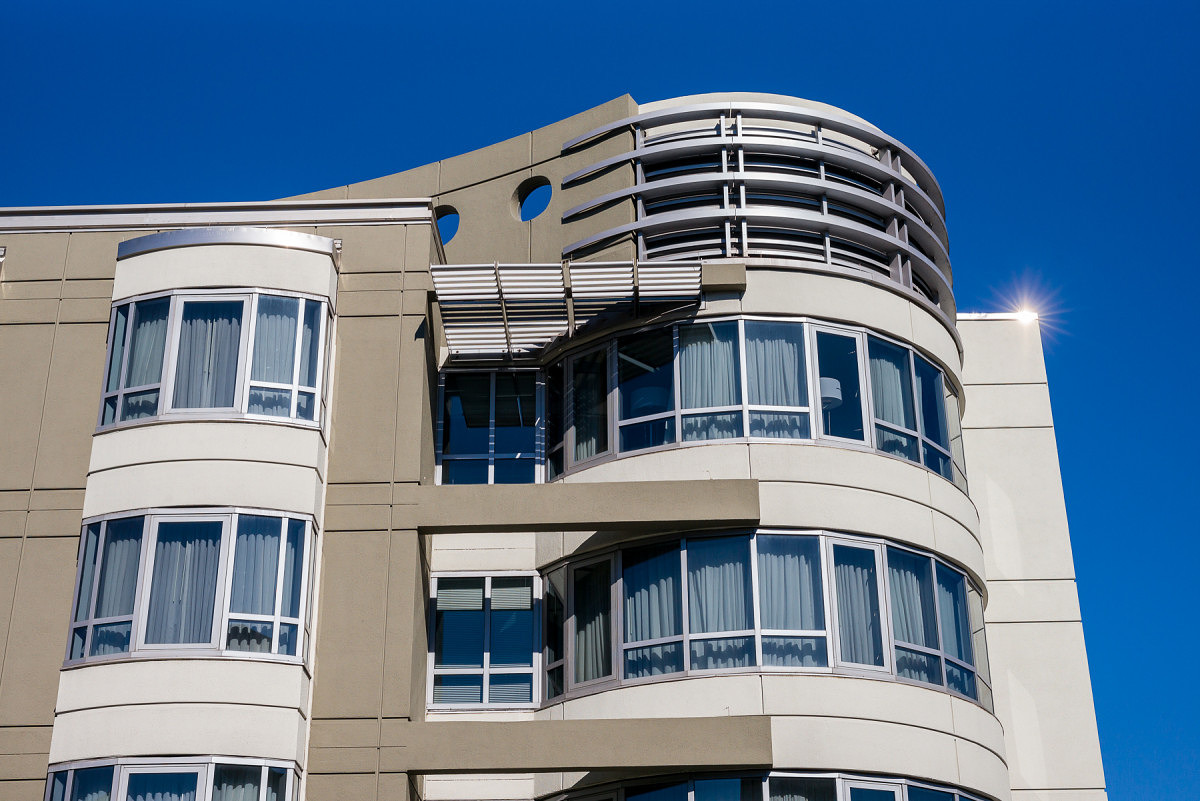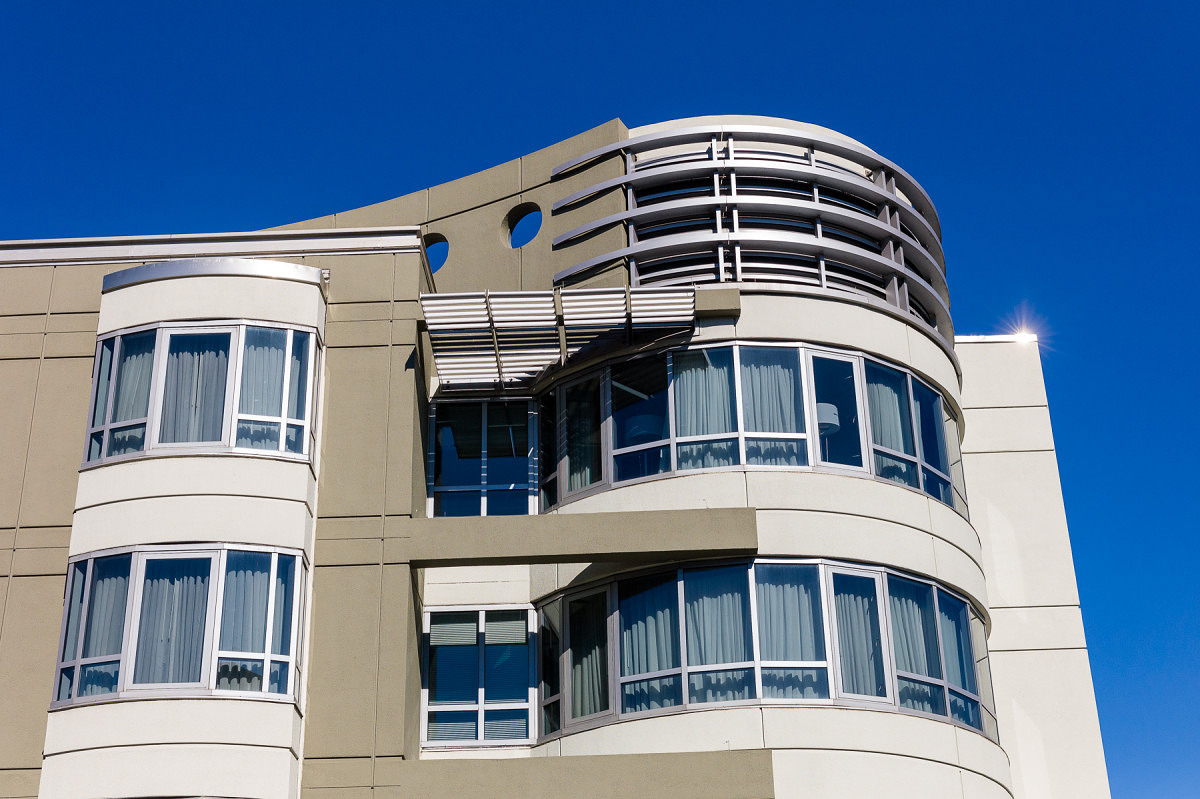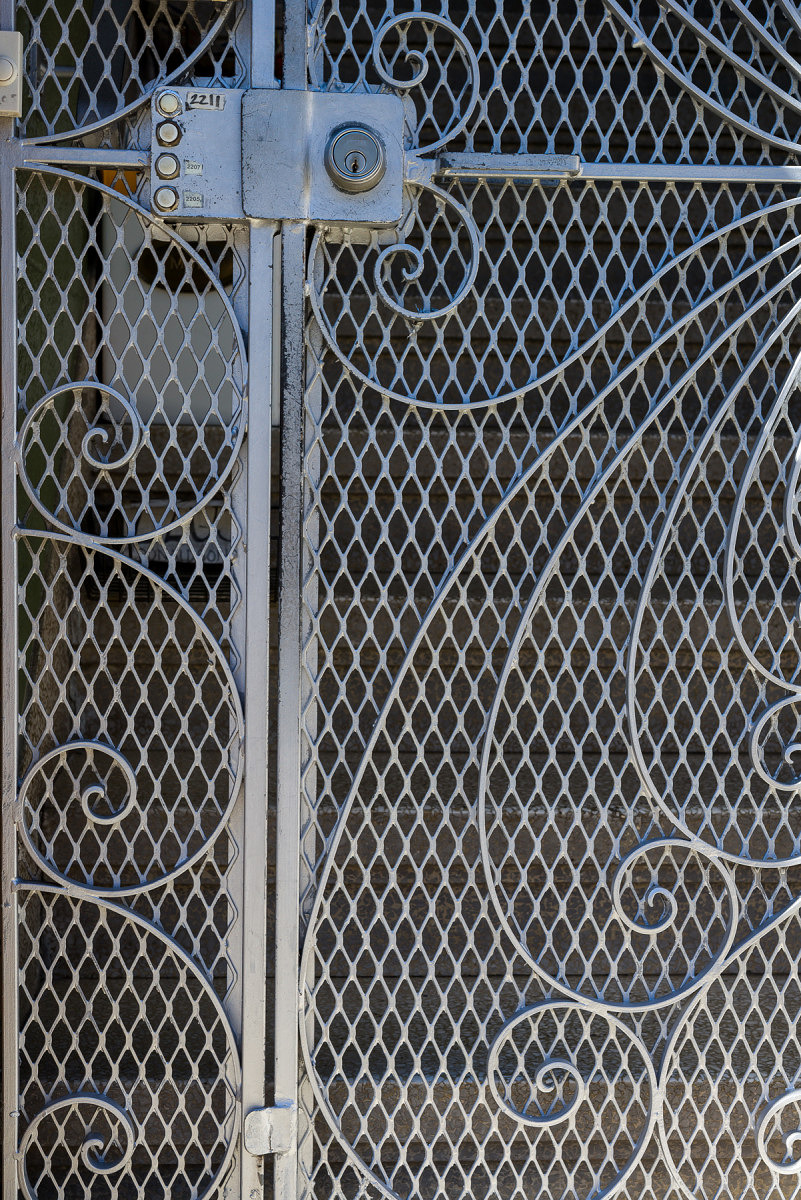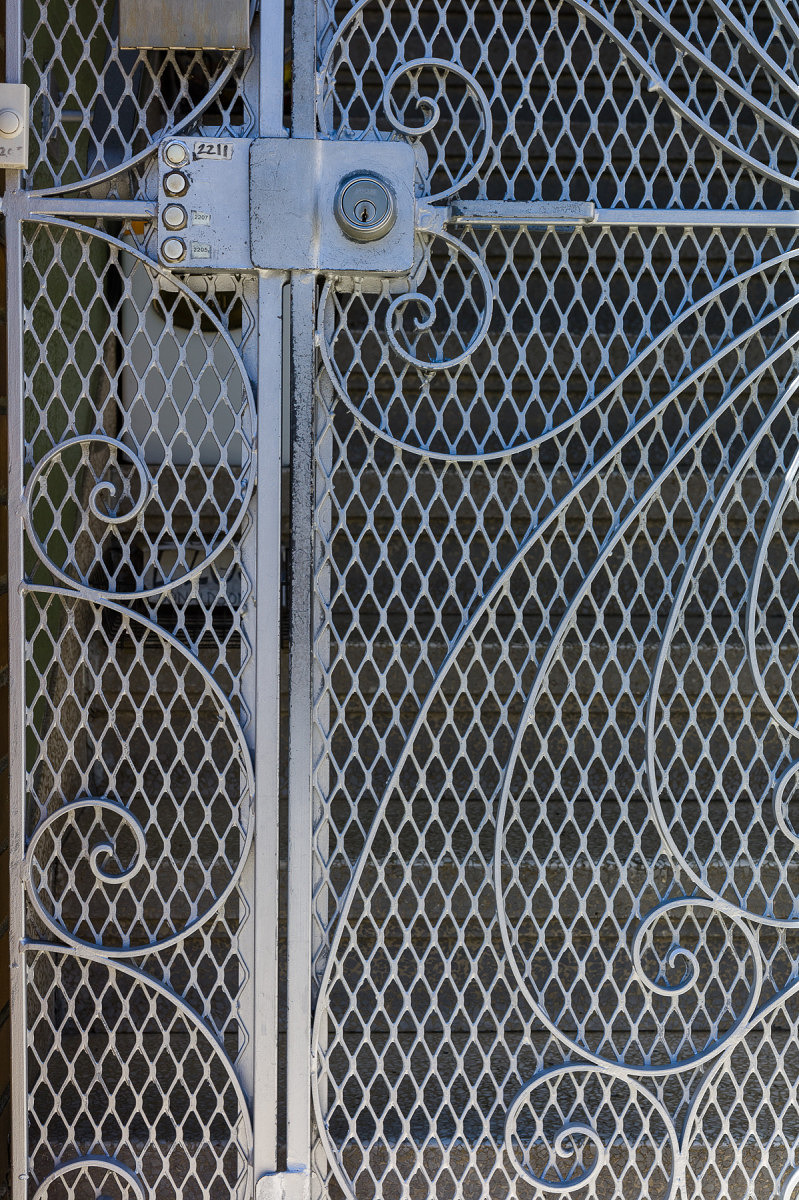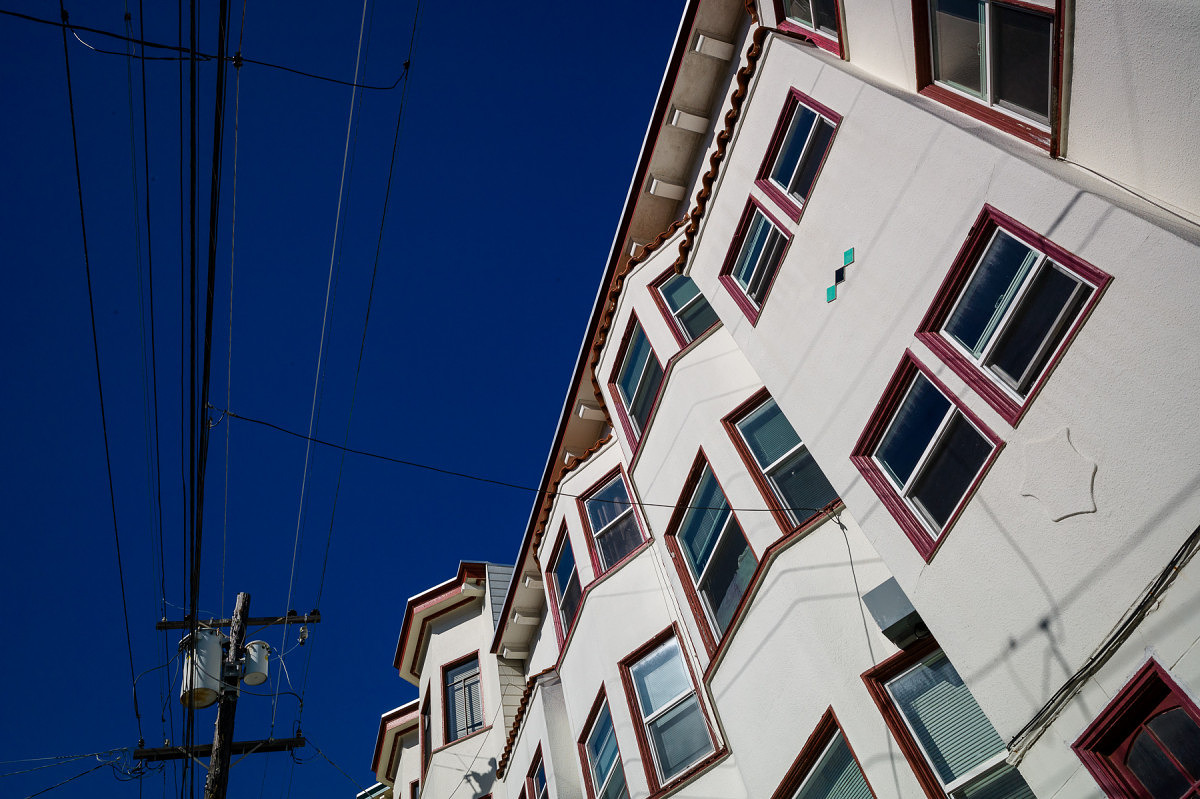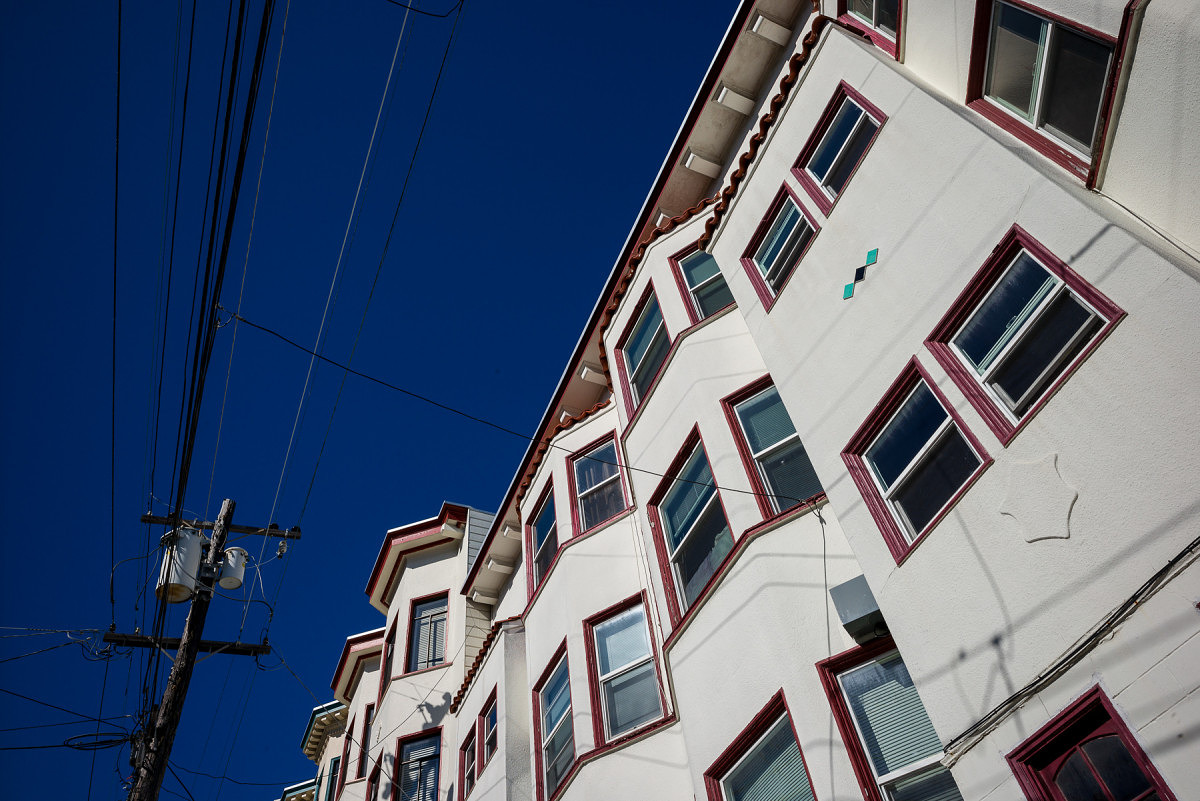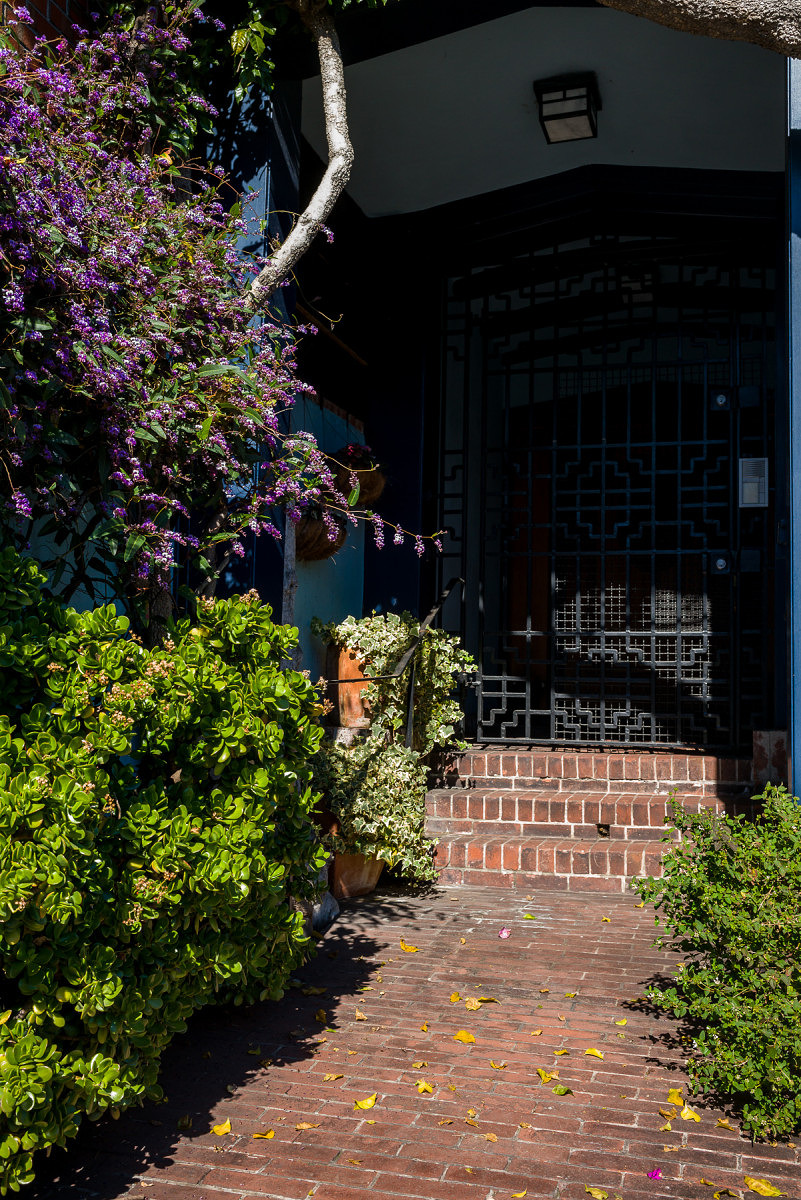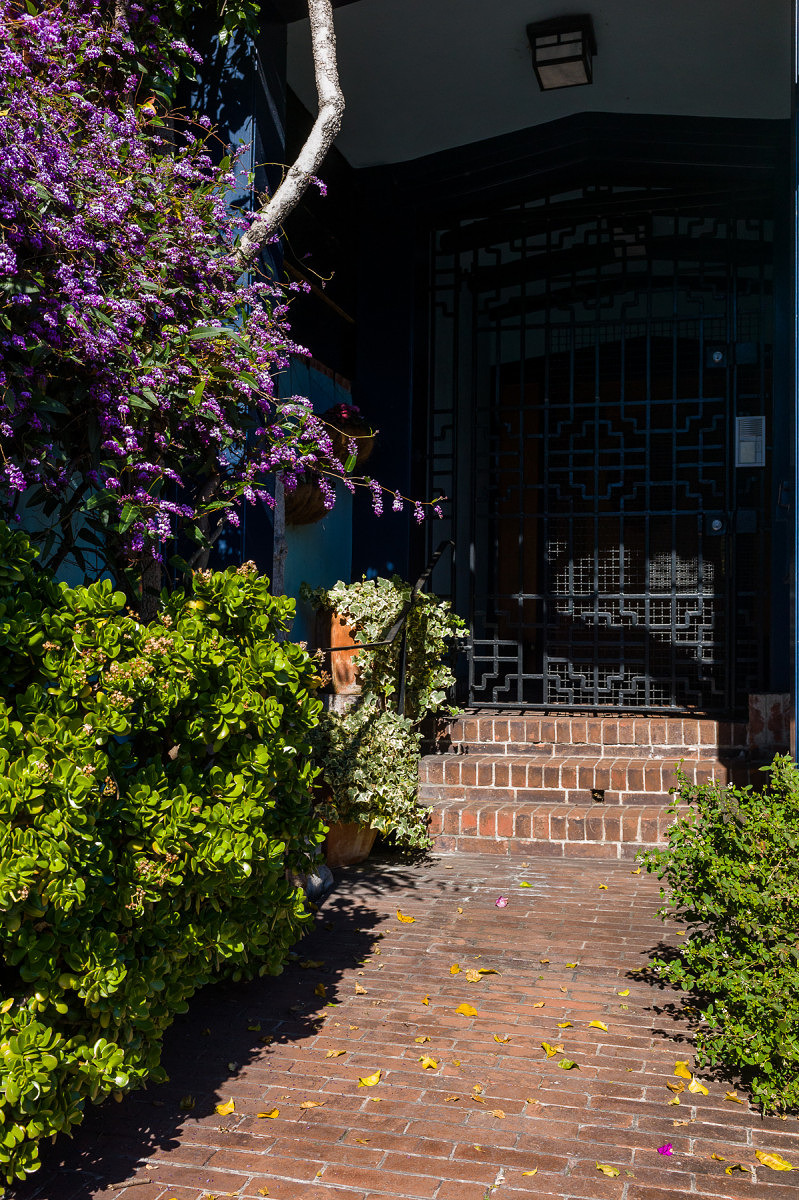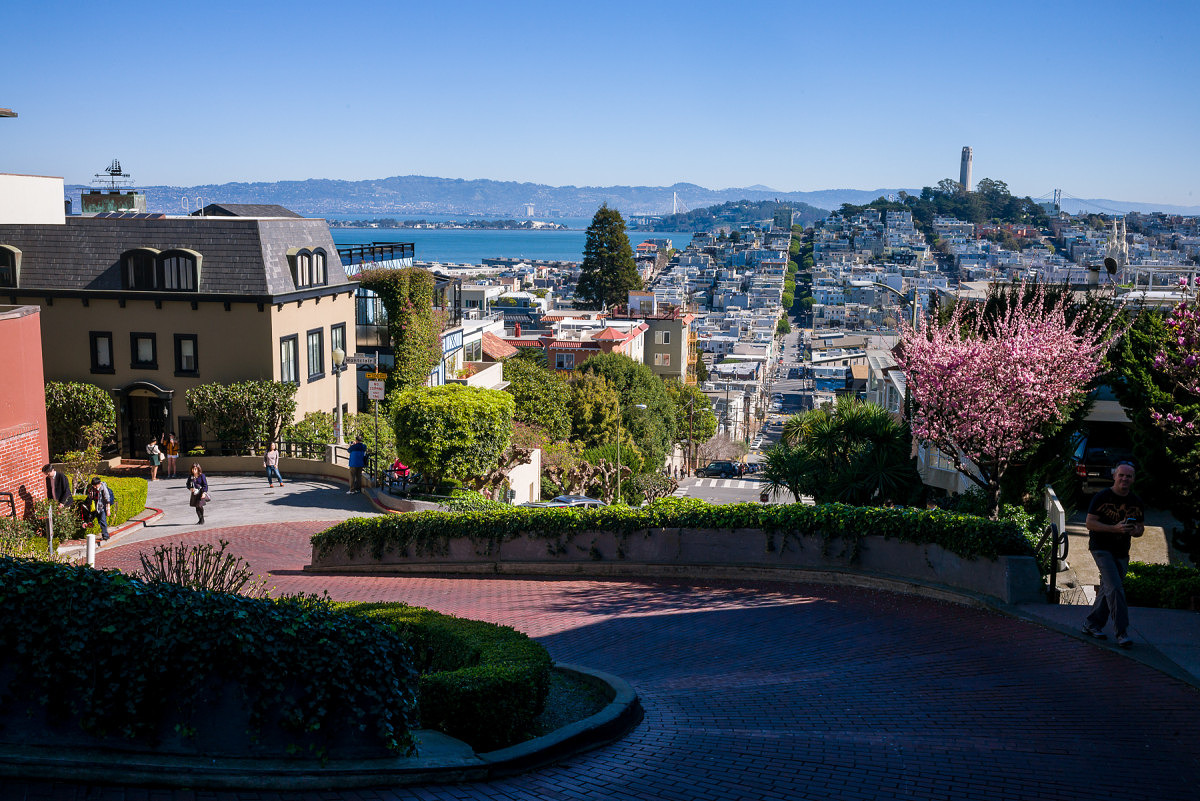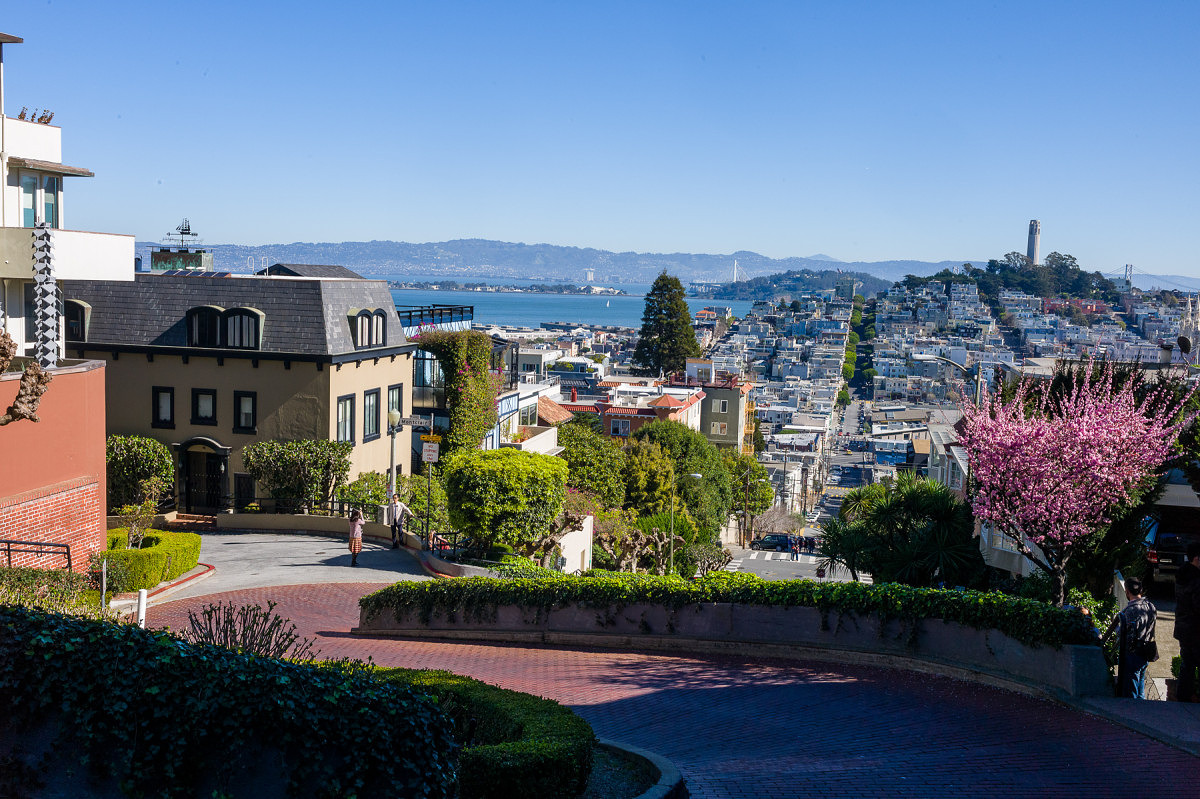Jonathan Slack commented on the post, Leica M10 Review: The Quintessential Digital M 7 years, 1 month ago
In reply to: David Farkas wrote a new post, Leica M10 Review: The Quintessential Digital M The Leica M10 might be the most ‘analog’ digital M yet. And perhaps the most faithful to the M lineage. This should come as no surprise to anyone who has followed Leica’s journey into digital photography over […]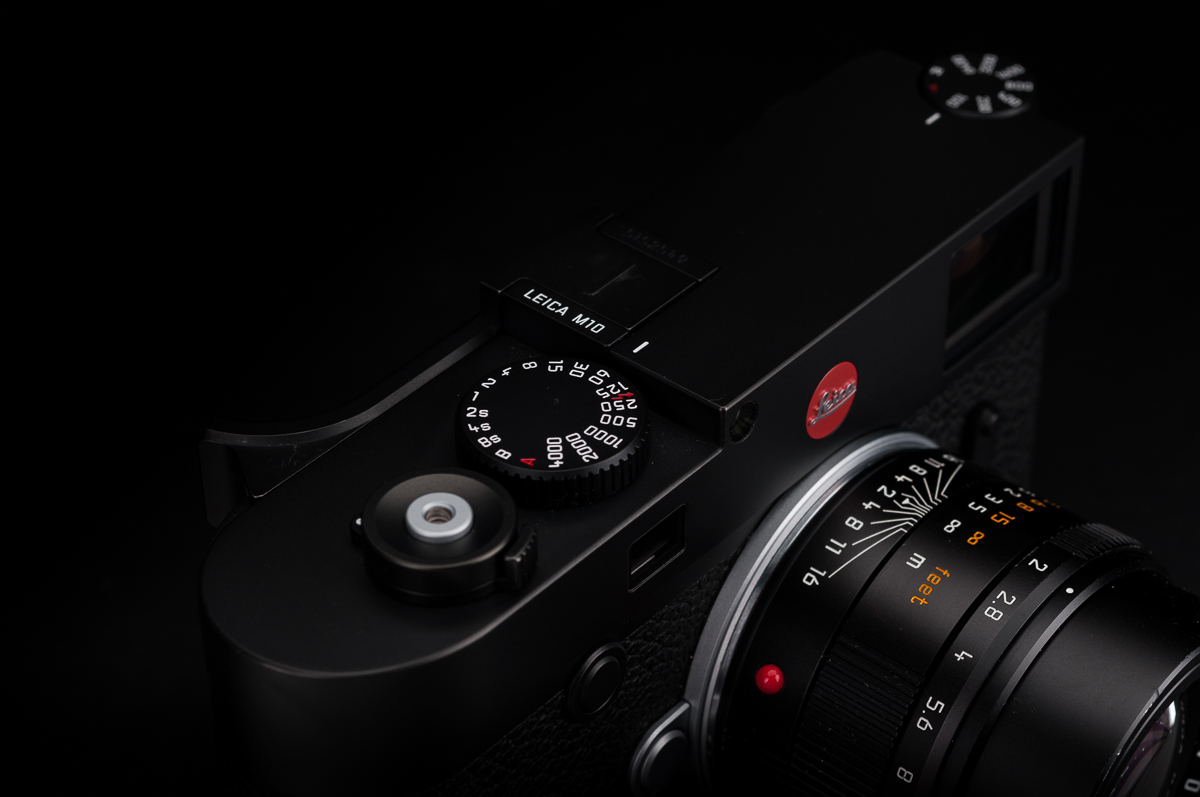 View
View Hi There David
I really enjoyed that – great writeup and pictures. I also really enjoyed your interview with Jesko and Stefan. . . and of course meeting up again at Wetzlar. Hopefully we'll meet up again before too long.With all best wishes
Jono SlackJonathan Slack commented on the post, Leica APO-Vario-Elmarit-SL 90-280mm f/2.8-4 Lens Review: Telephoto Titan for the SL (Typ 601) 8 years ago
In reply to: David Farkas wrote a new post, Leica APO-Vario-Elmarit-SL 90-280mm f/2.8-4 Lens Review: Telephoto Titan for the SL (Typ 601) Developing an entirely new lens lineup is no easy task. For the recently released SL, Leica focused their initial efforts on quickly launching high quality zooms for the system, in an attempt to cover the largest […]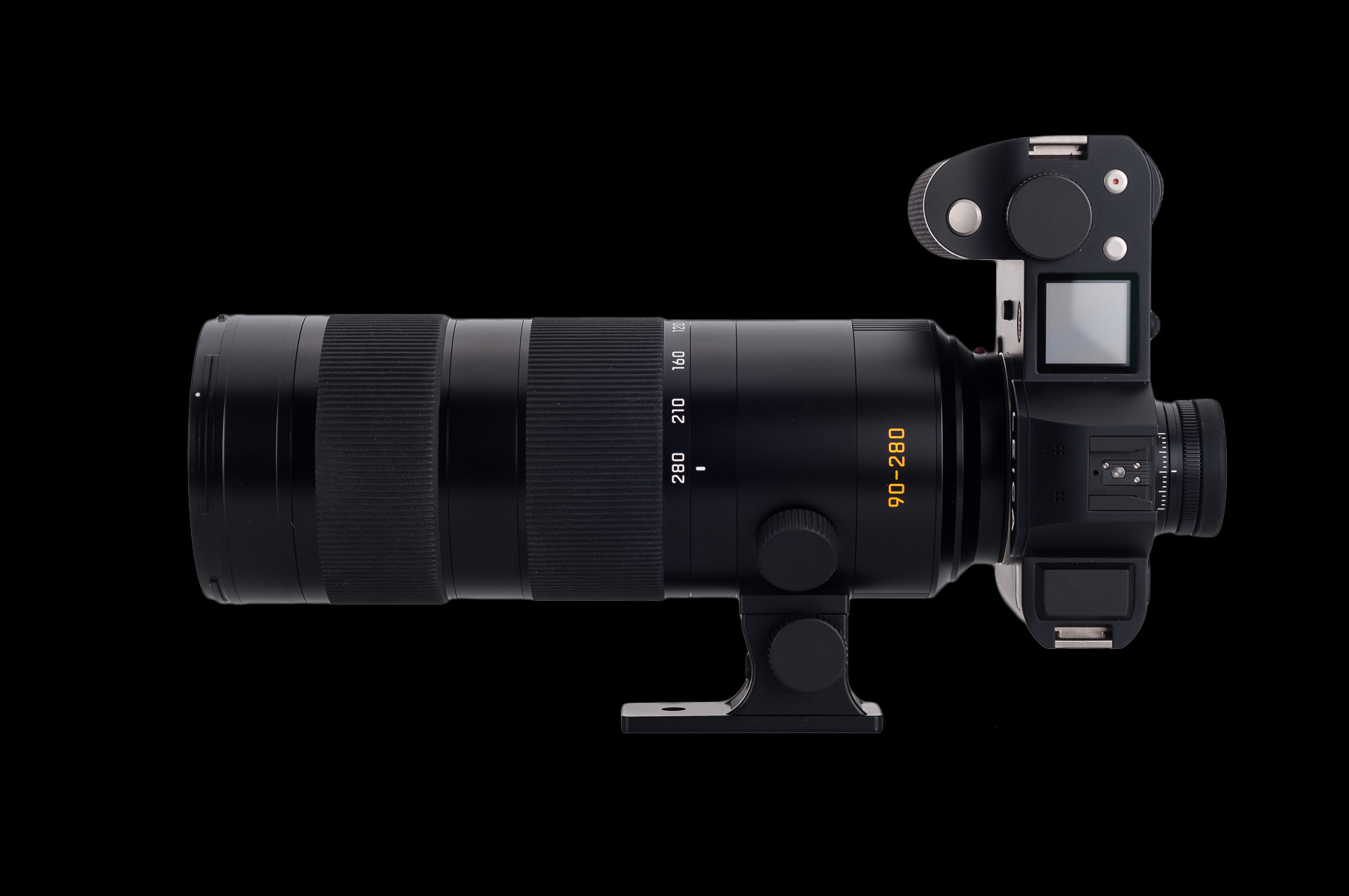 View
View Hi David
I hope you're well.
Great report as usual – I had the lens for a week, but I didn't have time to really do it justice.
Hope to get my hands on one again soon.best
JonoJonathan Slack commented on the post, The Great Debate: CCD vs. CMOS – Part 3 9 years, 1 month ago
In reply to: David Farkas wrote a new post, The Great Debate: CCD vs. CMOS - Part 3 The results are in! Thanks so much to everyone who cast their votes in both Part 1 and Part 2 of this experiment.The ExperimentTo recap, I was testing the theory that images from a Leica CCD-based camera have a unique and instantly identifiable look and feel to the images. Many who hold this belief feel that this look cannot be achieved with a CMOS-based camera, regardless of post-processing efforts.To conduct the test, I ventured out with both an M9 and an M240 while I was visiting San Francisco with my family for a couple of days at the end of February. After taking an image with one camera, I’d quickly swap lenses to shoot roughly the same picture with the other body using the same lens and equivalent settings.Part 1: Head-to-Head ComparisonsFor Part 1, I first processed the M9 files to look like what I’d expect M9 images to look like using my preset and personal preference. I then used the M9 images as a reference to adjust the corresponding M240 files and tried to achieve a rough match. Rather than use all the tools at my disposal to create an exact match, I opted instead to impose some limits. In the spirit of the experiment, I wanted to see if a match could be achieved without using any localized adjustments. No masking. No selections. No adjustment or gradient brushes. Instead, I used only overall image slider adjustments in Adobe Lightroom. After all, this test was not about how good my post processing skills are when given any and all tools and unlimited time. I wanted it to be realistic so that almost anyone with moderate Lightroom skills could produce the same results as I did. The pairs were then posted without metadata and were randomized in the order displayed.Part 1: The ResultsThe results were certainly interesting. On the direct comparisons in Part 1, only 7 out of 19 (36%) match-ups were correctly identified. This is pretty telling. I received feedback from some users that they started taking the test and just gave up halfway through as they couldn’t see any significant differences and felt they were merely guessing. This is visible in the voting numbers, with almost 800 votes for the first set and about 450 for the last set (as of this writing).There were some surprises for me, though. I was amazed that so many were able to accurately identify the M9 images in the Streetcar and Apartment sets. Roughly two thirds of the voters picked correctly on these. On the flip side, I was equally stunned that so many guessed incorrectly on two images which I felt were bound to be easier to pick due to their color ranges: Red Cards and Lombard Street. Most other pairs of images came in very close to 50/50. Keep in mind that this test wasn’t to determine which camera was more capable. It was to merely test the “CCD look” theory. The conditions purposely favored the M9, as the comparisons featured images taken in good quality, directional natural light with vibrant colors, and defined contrast. These kinds of punchy images at low ISO almost always look great from the M9.Here are the raw voting results as of March 6, 2015:Thumbnail Which one was M9? Votes M9 M240 Margin Correct? Streetcar - 1
796
60.7%
39.3%
21.4%
Yes
Streetcar - 1
796
60.7%
39.3%
21.4%
Yes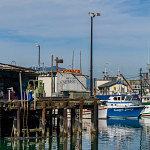 Fishing Dock -1
735
56.1%
43.9%
12.2%
Yes
Fishing Dock -1
735
56.1%
43.9%
12.2%
Yes 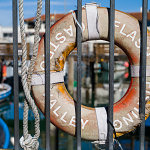 Life Preserver - 1
703
56.3%
43.7%
12.6%
Yes
Life Preserver - 1
703
56.3%
43.7%
12.6%
Yes  Fishing Boat Bows - 2
670
47.6%
52.4%
-4.8%
No
Fishing Boat Bows - 2
670
47.6%
52.4%
-4.8%
No 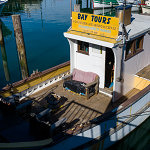 Bay Boat Tour - 2
620
46.5%
53.5%
-7.0%
No
Bay Boat Tour - 2
620
46.5%
53.5%
-7.0%
No 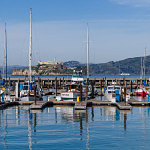 Sailboats in front of Alcatraz - 1
563
46.7%
53.3%
-6.6%
No
Sailboats in front of Alcatraz - 1
563
46.7%
53.3%
-6.6%
No  Magenta Tulips - 1
557
49.2%
50.8%
-1.6%
No
Magenta Tulips - 1
557
49.2%
50.8%
-1.6%
No 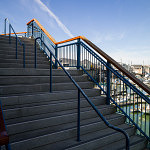 Steps - 2
533
47.5%
52.5%
-5.0%
No
Steps - 2
533
47.5%
52.5%
-5.0%
No 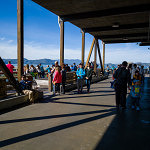 Pier 39 - 1
518
54.2%
45.8%
8.4%
Yes
Pier 39 - 1
518
54.2%
45.8%
8.4%
Yes 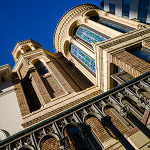 Church Windows - 2
505
49.9%
50.1%
-0.2%
No
Church Windows - 2
505
49.9%
50.1%
-0.2%
No 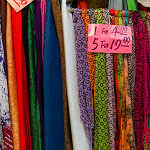 Scarves - 1
489
52.6%
47.4%
5.2%
Yes
Scarves - 1
489
52.6%
47.4%
5.2%
Yes  Red Cards in Bin - 2
460
43.0%
57.0%
-14.0%
No
Red Cards in Bin - 2
460
43.0%
57.0%
-14.0%
No 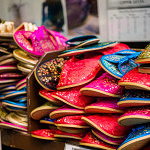 Slippers - 2
450
45.8%
54.2%
-8.4%
No
Slippers - 2
450
45.8%
54.2%
-8.4%
No  Skyscraper - 1
443
46.5%
53.5%
-7.0%
No
Skyscraper - 1
443
46.5%
53.5%
-7.0%
No 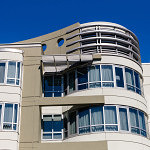 Modern Building - 2
438
47.5%
52.5%
-5.0%
No
Modern Building - 2
438
47.5%
52.5%
-5.0%
No  Gate - 2
430
48.8%
51.2%
-2.4%
No
Gate - 2
430
48.8%
51.2%
-2.4%
No 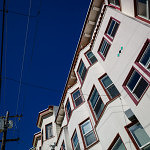 Apartments - 1
418
62.7%
37.3%
25.4%
Yes
Apartments - 1
418
62.7%
37.3%
25.4%
Yes 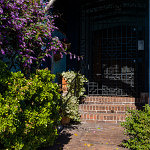 Walkway with Purple Flowers - 2
437
51.9%
48.1%
3.8%
Yes
Walkway with Purple Flowers - 2
437
51.9%
48.1%
3.8%
Yes 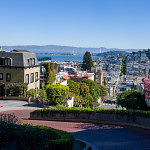 Lombard Street - 2
458
42.4%
57.6%
-15.2%
No Part 2: Single ImagesFor Part 2, I wanted to take a slightly different approach. I was on vacation and as such, didn’t shoot soley for the sake of making image comparison sets. At a certain point, this kind of shooting gets fairly tedious. Once I knew I had enough material for the test, I just focused on having fun taking pictures like I would normally do in a great shooting locale like San Francisco on a gorgeous day.For these single images, I processed with respective presets for each camera and my personal taste, picked some of my favorites and posted individual photos. The challenge this time was to correctly identify which camera was used to produce each image. And because, for me, the head-to-head test was over, I allowed myself to seek out a broader range of subjects and more candid scenarios that didn’t only suit the M9. Shots were taken at night, at high ISO, and indoors under artificial lighting. As indicated by the votes on the images, most people erred on the side of picking the M240 for these types of shots. And even with these obvious examples, only 55% of the images were correctly identified. I will say, though, that swings in preferences were much more pronounced than in the head-to-head comparisons of Part 1.Part 2: The ResultsI didn’t set out to make this a segment full of trick questions, but unfortunately, I only had two images from the M9 during my free shooting time that I felt were worthwhile to post. Why? Well, frankly, the M240 was more fun to shoot with, so that’s what I used for 90% of my shooting even though I carried both cameras with me. It’s faster. I can use the EVF for precise composition. The LCD screen allows more accurate review. And, ironically, the CMOS sensor fares far better in poor and mixed light and is vastly superior for high ISO shooting. So, if you voted/guessed that every image was taken with the M240 you’d have scored way, way above the average.Here are the raw voting results, again from March 6, 2015:Votes M9 M240 Margin Correct? Which Camera?Cigar Store Café
314
41.4%
58.6%
17.2%
Y
M240Washington Square Park
300
62.3%
37.7%
-24.6%
N
M240Julie on Cable Car
303
30.7%
69.3%
38.6%
Y
M240Yellow Tulips
280
45.0%
55.0%
10.0%
N
M240Two Guys at the Pier
281
62.6%
37.4%
25.2%
Y
M9Red and White Fleet Sign
272
45.6%
54.4%
-8.8%
N
M9Red Light Gauges
258
33.7%
66.3%
32.6%
Y
M240Old Dial pn Sub
261
41.8%
58.2%
16.4%
Y
M240Sub Engine Gauges
256
55.9%
44.1%
-11.8%
N
M240Battle Telephone
243
46.5%
53.5%
7.0%
Y
M240SS-383 Conning Tower
251
58.2%
41.8%
-16.4%
N
M240Leaving Museum
243
62.6%
37.4%
-25.2%
N
M240Pier at Sunset
253
35.6%
64.4%
28.8%
Y
M240Ghiradelli Square at Night
246
48.4%
51.6%
3.2%
Y
M240Sunset on the Beach
239
56.9%
43.1%
-13.8%
N
M240Sophia with Hat
245
37.6%
62.4%
24.8%
Y
M240Angled Street
228
45.2%
54.8%
9.6%
Y
M240City View out of Round Window
221
62.4%
37.6%
-24.8%
N
M240Coit Tower Windows
224
57.6%
42.4%
-15.2%
N
M240Coit Tower Looking Up
223
40.8%
59.2%
18.4%
Y
M240Red Car
227
51.1%
48.9%
-2.2%
N
M240Modern House on Lombard
222
60.8%
39.2%
-21.6%
N
M240Loading Bay
218
44.0%
56.0%
12.0%
Y
M240Parking
217
42.4%
57.6%
15.2%
Y
M240Hallway
199
43.7%
56.3%
12.6%
Y
M240Fishmonger
206
50.5%
49.5%
-1.0%
N
M240Drydock
203
40.9%
59.1%
18.2%
Y
M240The Embarcadero
200
55.5%
44.5%
-11.0%
N
M240Roll Your Own
207
59.9%
40.1%
-19.8%
N
M240Red Door
205
47.3%
52.7%
5.4%
Y
M240Shadow Tree
217
56.7%
43.3%
-13.4%
N
M240Admittedly, many of the M240 images do indeed look like they were taken with the M9. This wasn’t because I was trying to play games or fool anyone. The files ended up this way because I liked the way they looked. Remember, on these images I didn’t have a known aim point. Processing, for me, as I imagine for many other photographers, is highly personal and subjective. Very, very few areas of photography benefit from “accurate” color or tone. Almost all disciplines of our fair art form take liberties to represent our own unique visions. Even before digital, we used filters to alter color or contrast, shot various film types with no two emulsions offering the same visual fingerprint, employed different chemistry to achieve a specific look, and messed around in the darkroom for hours to create our desired finished vision. I make no apologies for editing my images to suit my tastes. And, furthermore, I think that the pursuit of a mythical “accurate” or “neutral” result out of camera with no processing doesn’t jive with the most basic tenets of photography, be it film or digital. This quixotic quest, while appearing reasonable and noble, doesn’t make better photographs. But I digress.Looking at the results from Part 2, images like Washington Square Park, Roll Your Own, Modern House on Lombard and City View Out of Round Window fooled around two thirds of voters. Other images that are well-suited to the M240, like Julie on Cable Car, which was taken at ISO 1000 shooting into a heavily-backlit scene seemed a bit more obvious with almost 70% picking that one accurately. From my experience, an M9 would not have been so graceful here. Likewise, most people picked the M240 for the submarine interior shots, which were handheld at ISO 1600, except for Red Light Gauges, which was taken at ISO 2500. Shots where I left the files more open and airy, rather than pulling down the darker midtones like Coit Tower Looking Up, were also correctly identified as M240.The reality is that I am quite fond of images that I’ve taken with both the M9 and the M240. I never really took to direct comparisons as I wasn’t displeased with the different look offered by the M240. In my particular workflow, I apply my own homegrown import presets based on camera model when I bring my DNG files into Lightroom. I have presets for S, M9, M240, M Monochrom, X Vario, T and D-Lux. If you don’t already use presets, I urge you to incorporate these into your own workflow. By applying baseline corrections and settings that you’d use anyway, you’ll save considerable time when processing a large number of files. And, perhaps more important to me, is that I am able to get a better idea of an image’s worth as the untouched files already have a look that I like and expect. This makes selection and editing a more streamlined process.No such thing as out of cameraIn spite of what you may have heard, there is no such thing as “out-of-camera.” It doesn’t exist. A sensor is a collection of monochrome pixels. The Bayer filter, or color filter array (CFA), over the sensor allows the camera to see color. But, only 1/3 of the color information is actually being captured. The rest is interpolated. This process of interpolation is called demosaicing, whereby a coherent full-color image is generated from the individually colored pixels. The software opening the RAW file performs the interpolation and renders colors based on input profiles and the type of algorithm used, along with any “secret sauce” the software might put in. For Leica M files, Lightroom has two different built-in profiles (Embedded and Adobe Standard), or you can make your own. You can also change the rendering process version (2012, 2010, 2003) and see different results.So much is done to manipulate the file before you ever open it in Lightroom or ACR or Capture One or Aperture. Pretending that what the program shows you by default is somehow virginal or unmolested is the stuff of fantasy. Does it benefit the photographer when the default image shown in Lightroom is close to the look they want without much editing? Of course, and this is a testament to the program’s algorithms and camera profile. But, it isn’t everything. Users can make their own camera profiles and their own presets to change the default “out-of-camera” behavior.Personally, I don’t take much stock in tests talking about or showing out-of-camera results with no post processing of any kind (although there is always much processing performed before this by the software), just as I never took to judging negatives off the processing line, without first making prints with my own set of corrections. Lessons LearnedI learned quite a lot about both the M9 and M240 during this test. I was pleasantly surprised to rediscover the M9. The camera can indeed produce some really stunning images under the right conditions. To its credit and, in line with what CCD supporters say, the color palette produced by default in Lightroom (after my preset application) is extremely pleasing in most cases. Images have a bite and saturation that is very attractive. Deep blues, thick midtones and punchy highlights add to the M9’s inherent per-pixel sharpness. In daylight shooting with good, directional light and a scene with saturated colors, the M9 is truly hard to beat. Even though the camera is going on six years old, it still produces images that keep pace with the best. Its weakness, due to its CCD sensor, is low light performance. If your shooting needs don’t dictate the need for ISO 3200 and you've got some fast M glass to boot, well, by all means, the M9 can still work its magic for you.The M240, for its part, puts out smoother, more nuanced files that hold more dynamic range, a gentler highlight roll-off and cleaner shadow information. Blowing highlights on the M240 can be done without ruining the entire image as there is a certain glow and transition, rather than a clipped, sharp edge look as in the M9. Shooting strongly backlit subjects or even directly into bright light sources is a fun and fruitful experience, not a painful one, especially when paired with highly flare-resistant lenses like the 35mm f/1.4 Summilux-M ASPH FLE.Under less-than-ideal scenarios in artificial or low light, the M240 wins hands-down. It handles mixed light sources better, although its AWB seems to be slightly on the warm side under most scenarios. A WB Adjust feature on the camera could easily solve this tendency. Shadow noise is well-controlled at higher ISO settings, as is overall image tonality.In post processing, the M240 files can withstand much more modification without breaking down. They have more highlight and shadow recoverability and more malleability overall. This test, at the very least, demonstrated the relative ease in which the M240 files could be made to mimic M9 images. This isn’t to say that you have to make M240 images into M9 ones, just that you can, if this is the look you prefer. What exactly did I have to do to the M240 to make them look like M9 ones? Much of the variance between the two files relates to the openness/lightness of the M240 images. Drop the overall exposure about a stop, pull the blacks down while opening shadows a bit, bump the whites while pulling in the highlights and you are getting close. I also noticed that M9 images tended to have warmer highlights with neutral/cool shadows. To achieve this, I warmed up the white balance and counteracted the warm shadows by using the Split Toning tool to cool the shadows off a bit using no more than 7% saturation. The blues on the M9 images also have a certain deeply saturated look. To hit these tones, I used the HSL tool to increase saturation, drop luminosity and very slightly push the hue towards cyan on the blue channel. There is nothing wrong with the more pure blues of the M240, but to emulate the Kodachrome-like blues of the M9 takes mere seconds, if that's your speed. For images with deep reds and purples, a little hue modification on the red, purple and magenta channels did the trick, but such changes are only necessary if you are really trying to get a close match. Doing so isn’t needed to fix any deficiency.To put it simply, I feel that the biggest differences in the two files could be erased with more shadow contrast, running the exposure darker and applying a slightly different white balance.I ended up making a preset that worked on most files, with only minor tweaking required past that. I also needed to adjust the white balance to match as both cameras were shot with AWB. Personally, I find that merely adjusting WB by eye, rather than using the eyedropper is more effective. Again, the most accurate result isn’t always the most pleasing one. Why did I post the images in sRGB?There were some concerns that I used sRGB to display the image comparisons. The reality is that almost all people participating in this test used either a MacBook Pro or iMac with Retina screen. These screens are calibrated to provide 99% sRGB with some level of accuracy. Yes, I’m sure some viewers are using NEC Spectraview and Eizo monitors with AdobeRGB (1998) color gamut, but these would be the exception, not the rule. Posting the images in AdobeRGB (1998) might have caused color inaccuracies for most users and resulted in very little additional color information. Most printing is severely gamut limited as well, with CMYK offset printing offering far less than sRGB. Photographic printing techniques using laser or LED illumination are closer to sRGB, but still shy of this gamut. Some inkjet printer/paper combinations offer a gamut closer to AdobeRGB (1998) but again, this is isn’t necessarily how most are viewing or displaying work. My working space wasn’t sRGB, which definitely would have restricted the available colors from the files. Rather, the output space was sRGB while the working space within Adobe Lightroom was ProPhoto RGB.Remember the original hypothesis being tested was to see whether there was a clearly identifiable difference between the images produced by the CCD-based M9 and the CMOS-based M240. If the “CCD-ness” is so obvious, being displayed in sRGB would hardly affect the outcome. Final ThoughtsFor me, and I imagine for many others who couldn’t tell a definitive difference between either the head-to-head match-ups in Part 1 or the individual shots in Part 2, the results of the experiment are fairly clear. To restate: the hypothesis being tested was to see if the CCD look is real, unmistakable and couldn’t be emulated in post processing. To this end, I think I have at least demonstrated that with just a small amount of global adjustments in Lightroom, M240 files could make for some convincing M9 shots. And while I will give credit to the M9 for the great images it is capable of capturing, the M240 is still a better overall system. I would advise against forsaking the usability and image quality benefits of the newer generation CMOS-based camera based on the conviction that the CCD-based M9 offers superior color rendering. As I already mentioned above, the M9 can turn out gorgeous images. This was never up for debate. In fact, for those that absolutely, positively, just adore the look of CCD, and hold the results of this test as even greater evidence of its superiority, then there is good news. Used M9s can be had for around $3,000 and Leica still offers a CCD-based camera brand new, the Leica M-E for $4,995.But, I do believe that much of the public perceived shortcomings of the M240 look come from its inherent higher dynamic range, the resulting flatter default files, and some users not taking full advantage of both the malleability of the M240 DNG files and the flexibility afforded them in Lightroom. We live in a wonderful time for photography. Our tools in the field and in the digital darkroom are better and more elastic than they've ever been. As photographers, our vision is only limited by our own creativity. Perhaps it's time to put the CCD vs. CMOS debate to rest and just go out and shoot.Thanks again to everyone who participated in this little experiment. View
Lombard Street - 2
458
42.4%
57.6%
-15.2%
No Part 2: Single ImagesFor Part 2, I wanted to take a slightly different approach. I was on vacation and as such, didn’t shoot soley for the sake of making image comparison sets. At a certain point, this kind of shooting gets fairly tedious. Once I knew I had enough material for the test, I just focused on having fun taking pictures like I would normally do in a great shooting locale like San Francisco on a gorgeous day.For these single images, I processed with respective presets for each camera and my personal taste, picked some of my favorites and posted individual photos. The challenge this time was to correctly identify which camera was used to produce each image. And because, for me, the head-to-head test was over, I allowed myself to seek out a broader range of subjects and more candid scenarios that didn’t only suit the M9. Shots were taken at night, at high ISO, and indoors under artificial lighting. As indicated by the votes on the images, most people erred on the side of picking the M240 for these types of shots. And even with these obvious examples, only 55% of the images were correctly identified. I will say, though, that swings in preferences were much more pronounced than in the head-to-head comparisons of Part 1.Part 2: The ResultsI didn’t set out to make this a segment full of trick questions, but unfortunately, I only had two images from the M9 during my free shooting time that I felt were worthwhile to post. Why? Well, frankly, the M240 was more fun to shoot with, so that’s what I used for 90% of my shooting even though I carried both cameras with me. It’s faster. I can use the EVF for precise composition. The LCD screen allows more accurate review. And, ironically, the CMOS sensor fares far better in poor and mixed light and is vastly superior for high ISO shooting. So, if you voted/guessed that every image was taken with the M240 you’d have scored way, way above the average.Here are the raw voting results, again from March 6, 2015:Votes M9 M240 Margin Correct? Which Camera?Cigar Store Café
314
41.4%
58.6%
17.2%
Y
M240Washington Square Park
300
62.3%
37.7%
-24.6%
N
M240Julie on Cable Car
303
30.7%
69.3%
38.6%
Y
M240Yellow Tulips
280
45.0%
55.0%
10.0%
N
M240Two Guys at the Pier
281
62.6%
37.4%
25.2%
Y
M9Red and White Fleet Sign
272
45.6%
54.4%
-8.8%
N
M9Red Light Gauges
258
33.7%
66.3%
32.6%
Y
M240Old Dial pn Sub
261
41.8%
58.2%
16.4%
Y
M240Sub Engine Gauges
256
55.9%
44.1%
-11.8%
N
M240Battle Telephone
243
46.5%
53.5%
7.0%
Y
M240SS-383 Conning Tower
251
58.2%
41.8%
-16.4%
N
M240Leaving Museum
243
62.6%
37.4%
-25.2%
N
M240Pier at Sunset
253
35.6%
64.4%
28.8%
Y
M240Ghiradelli Square at Night
246
48.4%
51.6%
3.2%
Y
M240Sunset on the Beach
239
56.9%
43.1%
-13.8%
N
M240Sophia with Hat
245
37.6%
62.4%
24.8%
Y
M240Angled Street
228
45.2%
54.8%
9.6%
Y
M240City View out of Round Window
221
62.4%
37.6%
-24.8%
N
M240Coit Tower Windows
224
57.6%
42.4%
-15.2%
N
M240Coit Tower Looking Up
223
40.8%
59.2%
18.4%
Y
M240Red Car
227
51.1%
48.9%
-2.2%
N
M240Modern House on Lombard
222
60.8%
39.2%
-21.6%
N
M240Loading Bay
218
44.0%
56.0%
12.0%
Y
M240Parking
217
42.4%
57.6%
15.2%
Y
M240Hallway
199
43.7%
56.3%
12.6%
Y
M240Fishmonger
206
50.5%
49.5%
-1.0%
N
M240Drydock
203
40.9%
59.1%
18.2%
Y
M240The Embarcadero
200
55.5%
44.5%
-11.0%
N
M240Roll Your Own
207
59.9%
40.1%
-19.8%
N
M240Red Door
205
47.3%
52.7%
5.4%
Y
M240Shadow Tree
217
56.7%
43.3%
-13.4%
N
M240Admittedly, many of the M240 images do indeed look like they were taken with the M9. This wasn’t because I was trying to play games or fool anyone. The files ended up this way because I liked the way they looked. Remember, on these images I didn’t have a known aim point. Processing, for me, as I imagine for many other photographers, is highly personal and subjective. Very, very few areas of photography benefit from “accurate” color or tone. Almost all disciplines of our fair art form take liberties to represent our own unique visions. Even before digital, we used filters to alter color or contrast, shot various film types with no two emulsions offering the same visual fingerprint, employed different chemistry to achieve a specific look, and messed around in the darkroom for hours to create our desired finished vision. I make no apologies for editing my images to suit my tastes. And, furthermore, I think that the pursuit of a mythical “accurate” or “neutral” result out of camera with no processing doesn’t jive with the most basic tenets of photography, be it film or digital. This quixotic quest, while appearing reasonable and noble, doesn’t make better photographs. But I digress.Looking at the results from Part 2, images like Washington Square Park, Roll Your Own, Modern House on Lombard and City View Out of Round Window fooled around two thirds of voters. Other images that are well-suited to the M240, like Julie on Cable Car, which was taken at ISO 1000 shooting into a heavily-backlit scene seemed a bit more obvious with almost 70% picking that one accurately. From my experience, an M9 would not have been so graceful here. Likewise, most people picked the M240 for the submarine interior shots, which were handheld at ISO 1600, except for Red Light Gauges, which was taken at ISO 2500. Shots where I left the files more open and airy, rather than pulling down the darker midtones like Coit Tower Looking Up, were also correctly identified as M240.The reality is that I am quite fond of images that I’ve taken with both the M9 and the M240. I never really took to direct comparisons as I wasn’t displeased with the different look offered by the M240. In my particular workflow, I apply my own homegrown import presets based on camera model when I bring my DNG files into Lightroom. I have presets for S, M9, M240, M Monochrom, X Vario, T and D-Lux. If you don’t already use presets, I urge you to incorporate these into your own workflow. By applying baseline corrections and settings that you’d use anyway, you’ll save considerable time when processing a large number of files. And, perhaps more important to me, is that I am able to get a better idea of an image’s worth as the untouched files already have a look that I like and expect. This makes selection and editing a more streamlined process.No such thing as out of cameraIn spite of what you may have heard, there is no such thing as “out-of-camera.” It doesn’t exist. A sensor is a collection of monochrome pixels. The Bayer filter, or color filter array (CFA), over the sensor allows the camera to see color. But, only 1/3 of the color information is actually being captured. The rest is interpolated. This process of interpolation is called demosaicing, whereby a coherent full-color image is generated from the individually colored pixels. The software opening the RAW file performs the interpolation and renders colors based on input profiles and the type of algorithm used, along with any “secret sauce” the software might put in. For Leica M files, Lightroom has two different built-in profiles (Embedded and Adobe Standard), or you can make your own. You can also change the rendering process version (2012, 2010, 2003) and see different results.So much is done to manipulate the file before you ever open it in Lightroom or ACR or Capture One or Aperture. Pretending that what the program shows you by default is somehow virginal or unmolested is the stuff of fantasy. Does it benefit the photographer when the default image shown in Lightroom is close to the look they want without much editing? Of course, and this is a testament to the program’s algorithms and camera profile. But, it isn’t everything. Users can make their own camera profiles and their own presets to change the default “out-of-camera” behavior.Personally, I don’t take much stock in tests talking about or showing out-of-camera results with no post processing of any kind (although there is always much processing performed before this by the software), just as I never took to judging negatives off the processing line, without first making prints with my own set of corrections. Lessons LearnedI learned quite a lot about both the M9 and M240 during this test. I was pleasantly surprised to rediscover the M9. The camera can indeed produce some really stunning images under the right conditions. To its credit and, in line with what CCD supporters say, the color palette produced by default in Lightroom (after my preset application) is extremely pleasing in most cases. Images have a bite and saturation that is very attractive. Deep blues, thick midtones and punchy highlights add to the M9’s inherent per-pixel sharpness. In daylight shooting with good, directional light and a scene with saturated colors, the M9 is truly hard to beat. Even though the camera is going on six years old, it still produces images that keep pace with the best. Its weakness, due to its CCD sensor, is low light performance. If your shooting needs don’t dictate the need for ISO 3200 and you've got some fast M glass to boot, well, by all means, the M9 can still work its magic for you.The M240, for its part, puts out smoother, more nuanced files that hold more dynamic range, a gentler highlight roll-off and cleaner shadow information. Blowing highlights on the M240 can be done without ruining the entire image as there is a certain glow and transition, rather than a clipped, sharp edge look as in the M9. Shooting strongly backlit subjects or even directly into bright light sources is a fun and fruitful experience, not a painful one, especially when paired with highly flare-resistant lenses like the 35mm f/1.4 Summilux-M ASPH FLE.Under less-than-ideal scenarios in artificial or low light, the M240 wins hands-down. It handles mixed light sources better, although its AWB seems to be slightly on the warm side under most scenarios. A WB Adjust feature on the camera could easily solve this tendency. Shadow noise is well-controlled at higher ISO settings, as is overall image tonality.In post processing, the M240 files can withstand much more modification without breaking down. They have more highlight and shadow recoverability and more malleability overall. This test, at the very least, demonstrated the relative ease in which the M240 files could be made to mimic M9 images. This isn’t to say that you have to make M240 images into M9 ones, just that you can, if this is the look you prefer. What exactly did I have to do to the M240 to make them look like M9 ones? Much of the variance between the two files relates to the openness/lightness of the M240 images. Drop the overall exposure about a stop, pull the blacks down while opening shadows a bit, bump the whites while pulling in the highlights and you are getting close. I also noticed that M9 images tended to have warmer highlights with neutral/cool shadows. To achieve this, I warmed up the white balance and counteracted the warm shadows by using the Split Toning tool to cool the shadows off a bit using no more than 7% saturation. The blues on the M9 images also have a certain deeply saturated look. To hit these tones, I used the HSL tool to increase saturation, drop luminosity and very slightly push the hue towards cyan on the blue channel. There is nothing wrong with the more pure blues of the M240, but to emulate the Kodachrome-like blues of the M9 takes mere seconds, if that's your speed. For images with deep reds and purples, a little hue modification on the red, purple and magenta channels did the trick, but such changes are only necessary if you are really trying to get a close match. Doing so isn’t needed to fix any deficiency.To put it simply, I feel that the biggest differences in the two files could be erased with more shadow contrast, running the exposure darker and applying a slightly different white balance.I ended up making a preset that worked on most files, with only minor tweaking required past that. I also needed to adjust the white balance to match as both cameras were shot with AWB. Personally, I find that merely adjusting WB by eye, rather than using the eyedropper is more effective. Again, the most accurate result isn’t always the most pleasing one. Why did I post the images in sRGB?There were some concerns that I used sRGB to display the image comparisons. The reality is that almost all people participating in this test used either a MacBook Pro or iMac with Retina screen. These screens are calibrated to provide 99% sRGB with some level of accuracy. Yes, I’m sure some viewers are using NEC Spectraview and Eizo monitors with AdobeRGB (1998) color gamut, but these would be the exception, not the rule. Posting the images in AdobeRGB (1998) might have caused color inaccuracies for most users and resulted in very little additional color information. Most printing is severely gamut limited as well, with CMYK offset printing offering far less than sRGB. Photographic printing techniques using laser or LED illumination are closer to sRGB, but still shy of this gamut. Some inkjet printer/paper combinations offer a gamut closer to AdobeRGB (1998) but again, this is isn’t necessarily how most are viewing or displaying work. My working space wasn’t sRGB, which definitely would have restricted the available colors from the files. Rather, the output space was sRGB while the working space within Adobe Lightroom was ProPhoto RGB.Remember the original hypothesis being tested was to see whether there was a clearly identifiable difference between the images produced by the CCD-based M9 and the CMOS-based M240. If the “CCD-ness” is so obvious, being displayed in sRGB would hardly affect the outcome. Final ThoughtsFor me, and I imagine for many others who couldn’t tell a definitive difference between either the head-to-head match-ups in Part 1 or the individual shots in Part 2, the results of the experiment are fairly clear. To restate: the hypothesis being tested was to see if the CCD look is real, unmistakable and couldn’t be emulated in post processing. To this end, I think I have at least demonstrated that with just a small amount of global adjustments in Lightroom, M240 files could make for some convincing M9 shots. And while I will give credit to the M9 for the great images it is capable of capturing, the M240 is still a better overall system. I would advise against forsaking the usability and image quality benefits of the newer generation CMOS-based camera based on the conviction that the CCD-based M9 offers superior color rendering. As I already mentioned above, the M9 can turn out gorgeous images. This was never up for debate. In fact, for those that absolutely, positively, just adore the look of CCD, and hold the results of this test as even greater evidence of its superiority, then there is good news. Used M9s can be had for around $3,000 and Leica still offers a CCD-based camera brand new, the Leica M-E for $4,995.But, I do believe that much of the public perceived shortcomings of the M240 look come from its inherent higher dynamic range, the resulting flatter default files, and some users not taking full advantage of both the malleability of the M240 DNG files and the flexibility afforded them in Lightroom. We live in a wonderful time for photography. Our tools in the field and in the digital darkroom are better and more elastic than they've ever been. As photographers, our vision is only limited by our own creativity. Perhaps it's time to put the CCD vs. CMOS debate to rest and just go out and shoot.Thanks again to everyone who participated in this little experiment. View Excellent David – Nicely done, but sadly I fear it won't make a jot of difference to the argument in general, It's hard to convert someone from an act of faith with an exercise in logic!
All the best
Jonathan Slack commented on the post, The Great Debate: CCD vs. CMOS – Part 1 9 years, 1 month ago
In reply to: David Farkas wrote a new post, The Great Debate: CCD vs. CMOS - Part 1 Since the Leica M (Typ 240) was introduced, there's been an ongoing debate regarding the merits of CCD vs. CMOS sensors. From a technological and marketing viewpoint, Leica needed to make the move from CCD to CMOS in order to offer live view and better low light performance. Live view has facilitated the easier use of ultra wide-angle lenses and opened up the possibility of using alternative glass like the wonderful Leica R lenses on an M body. And while no one can argue the additional functionality and superior high ISO capability afforded by CMOS on the M 240, there's been a steady and growing opinion that the color and tonality from the M9, which uses a CCD sensor, is more pleasing. I can appreciate that the resulting images from the two cameras do indeed look different, and everyone has personal tastes. I've shot thousands and thousands of images with the M9, as I have with the M 240 since then. Personally, I find both results appealing to my eye and never really made a direct comparison as they are different tools that I used at subsequent times through my photographic endeavors.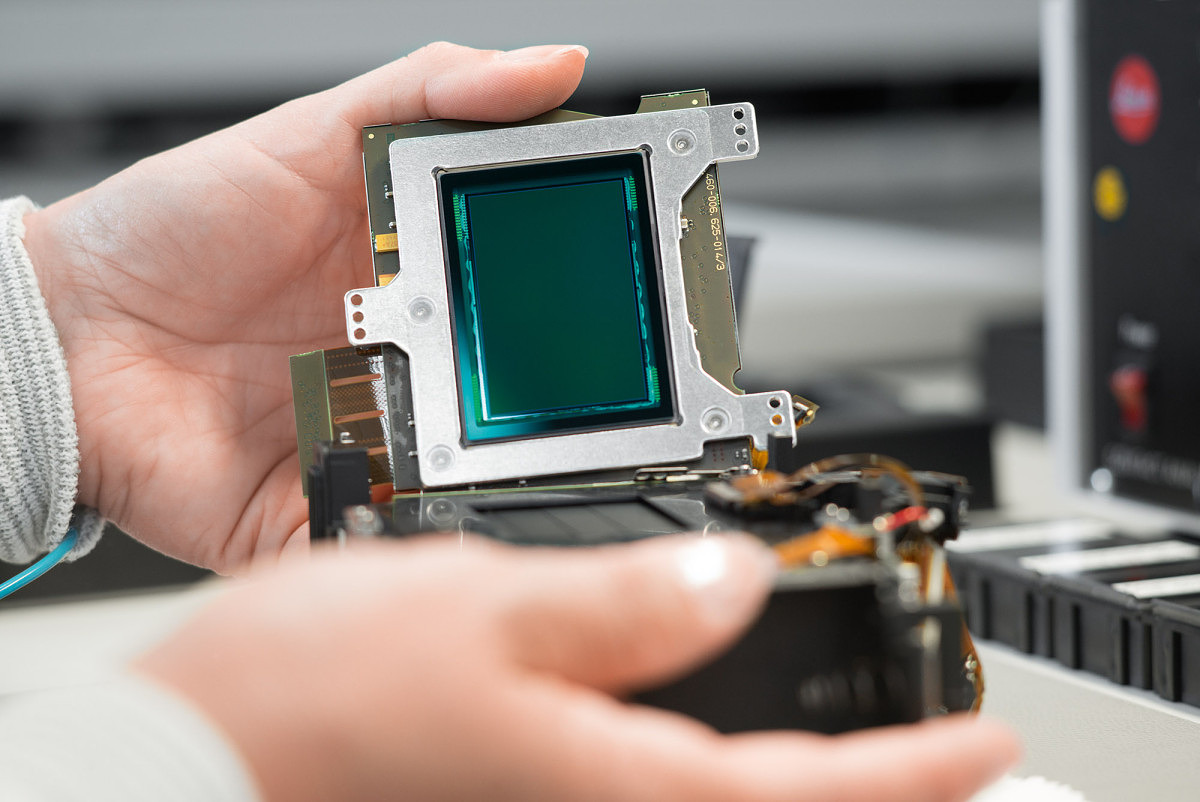 Recently, I read some comments online that I found somewhat puzzling. Statements were made to the effect that it was impossible to achieve the same color and tonality with the M 240, regardless of post processing. While I didn't know whether this was true or not, I've worked in digital imaging for 25 years and know that almost anything is possible in post. So, I decided to challenge myself and test the theory. I was heading out West for a family ski trip during my daughter's Winter break and would be spending a couple of days in San Francisco before flying back home to Miami. This would be a perfect opportunity to take the first step, so I packed up my M 240 and an M9, along with some of my favorite lenses: 24mm f/3.8 Elmar-M ASPH, 35mm f/1.4 Summilux-M ASPH FLE, 50mm f/2 APO-Summicron-M and 90mm f/2.8 Elmarit-M, then started thinking about how to go about testing. The goal would be to shoot roughly the same picture with each camera, using the same lens. So, if I took a shot with one camera with the 24mm mounted, I'd swap lenses and shoot the same lens with the same settings on the other camera. Truth be told, this was not the most fun way to shoot, but I was on a mission to get as many comparisons under various conditions as I could and stuck with the program.When I returned home last week, I set about first just looking at the differences between the files once my import presets for each camera were applied. Then started the process of matching the files. I only used the global tools in Lightroom. No Photoshop. No adjustment brushes. Just slider adjustments. This proved to be most enlightening; I was able to pinpoint the changes necessary to achieve very similar results from the M 240 relatively quickly. To be clear, I didn't necessarily work the M 240 files to make them look the absolute best they could be. Rather, I took the challenge to match them to the finished M9 images to see if there was a definitive "CCD Look" that could or could not be replicated using a CMOS based camera. I also selected shooting scenarios that favored the M9, namely good directional, natural light, at lower ISO settings. This wasn't intended to be a competition between cameras, per se, but instead one to test the theory of inherent sensor color.The next step is to now open this comparison up to the world at large and see if, despite my Lightroom processing, the "CCD Look" is still clearly identifiable when looking at these sets of images. So, I'm asking you, my intrepid readers, to take the challenge and see if you can correctly identify which images are from the M9. Don't vote for the one you think looks the best, just the one that you think is from the CCD sensor. Take a close look at each set of images. Click on them to enlarge (but do be aware that if you roll your mouse cursor over the images, we have a darkening rollover effect on our website - make sure your mouse is not over either image when viewing for comparison). Open two windows side-by-side. Do whatever you need to do. I've stripped away the metadata and changed the file names to protect the innocent, so no peeking. Once you vote on each set of images, you'll be able to see how others voted, but not image data. For that, I will publish a follow-up once we collect a statistically significant amount of votes, revealing the camera data and presenting my analysis. I know that there is a fairly large number of images (19 comparisons). Please do your best to select the M9 image from all the sets as this will help give us more accurate results.Also, be sure to check out Part 2 of this article where I challenge you to select which camera took which image, without a direct comparison.Now, let the voting begin!
Recently, I read some comments online that I found somewhat puzzling. Statements were made to the effect that it was impossible to achieve the same color and tonality with the M 240, regardless of post processing. While I didn't know whether this was true or not, I've worked in digital imaging for 25 years and know that almost anything is possible in post. So, I decided to challenge myself and test the theory. I was heading out West for a family ski trip during my daughter's Winter break and would be spending a couple of days in San Francisco before flying back home to Miami. This would be a perfect opportunity to take the first step, so I packed up my M 240 and an M9, along with some of my favorite lenses: 24mm f/3.8 Elmar-M ASPH, 35mm f/1.4 Summilux-M ASPH FLE, 50mm f/2 APO-Summicron-M and 90mm f/2.8 Elmarit-M, then started thinking about how to go about testing. The goal would be to shoot roughly the same picture with each camera, using the same lens. So, if I took a shot with one camera with the 24mm mounted, I'd swap lenses and shoot the same lens with the same settings on the other camera. Truth be told, this was not the most fun way to shoot, but I was on a mission to get as many comparisons under various conditions as I could and stuck with the program.When I returned home last week, I set about first just looking at the differences between the files once my import presets for each camera were applied. Then started the process of matching the files. I only used the global tools in Lightroom. No Photoshop. No adjustment brushes. Just slider adjustments. This proved to be most enlightening; I was able to pinpoint the changes necessary to achieve very similar results from the M 240 relatively quickly. To be clear, I didn't necessarily work the M 240 files to make them look the absolute best they could be. Rather, I took the challenge to match them to the finished M9 images to see if there was a definitive "CCD Look" that could or could not be replicated using a CMOS based camera. I also selected shooting scenarios that favored the M9, namely good directional, natural light, at lower ISO settings. This wasn't intended to be a competition between cameras, per se, but instead one to test the theory of inherent sensor color.The next step is to now open this comparison up to the world at large and see if, despite my Lightroom processing, the "CCD Look" is still clearly identifiable when looking at these sets of images. So, I'm asking you, my intrepid readers, to take the challenge and see if you can correctly identify which images are from the M9. Don't vote for the one you think looks the best, just the one that you think is from the CCD sensor. Take a close look at each set of images. Click on them to enlarge (but do be aware that if you roll your mouse cursor over the images, we have a darkening rollover effect on our website - make sure your mouse is not over either image when viewing for comparison). Open two windows side-by-side. Do whatever you need to do. I've stripped away the metadata and changed the file names to protect the innocent, so no peeking. Once you vote on each set of images, you'll be able to see how others voted, but not image data. For that, I will publish a follow-up once we collect a statistically significant amount of votes, revealing the camera data and presenting my analysis. I know that there is a fairly large number of images (19 comparisons). Please do your best to select the M9 image from all the sets as this will help give us more accurate results.Also, be sure to check out Part 2 of this article where I challenge you to select which camera took which image, without a direct comparison.Now, let the voting begin!Which image is from the M9?
Which image is from the M9?
Which image is from the M9?
Which image is from the M9?
Which image is from the M9?
Which image is from the M9?
Which image is from the M9?
Which image is from the M9?
Which image is from the M9?
Which image is from the M9?
Which image is from the M9?
Which image is from the M9?
Which image is from the M9?
Which image is from the M9?
Which image is from the M9?
Which image is from the M9?
Which image is from the M9?
Which image is from the M9?
Stay tuned for the follow-up article and the results. If you have any questions on my methodology or have any comments to share, please do so below and I'll do my best to answer them.Update (2/25/15): Part 2 is now live. Please head on over and vote! Update (3/9/15): Part 3 is now online. Check out the answers and my analysis after you've voted. ViewWhich image is from the M9?
Excellent David
What a great idea.
What would be interesting in your analysis is to see whether anyone got them all right? Personally I found a criteria for guessing, which I've managed to apply consistently to all the images, the only guess I made is which was the M9 and which the M240!
All the best
Jono SlackJonathan Slack‘s profile was updated 9 years, 3 months ago
Jonathan Slack changed their profile picture 9 years, 3 months ago
Jonathan Slack wrote a new post, A Year with the Leica T (Typ 701) 9 years, 3 months ago
Introduction
I have been testing cameras for Leica since 2008. Initially, I beta tested firmware updates for the M8, which led to camera testing of the M9 and afterwards, the M Monochrom and the M (Typ 240). I […]
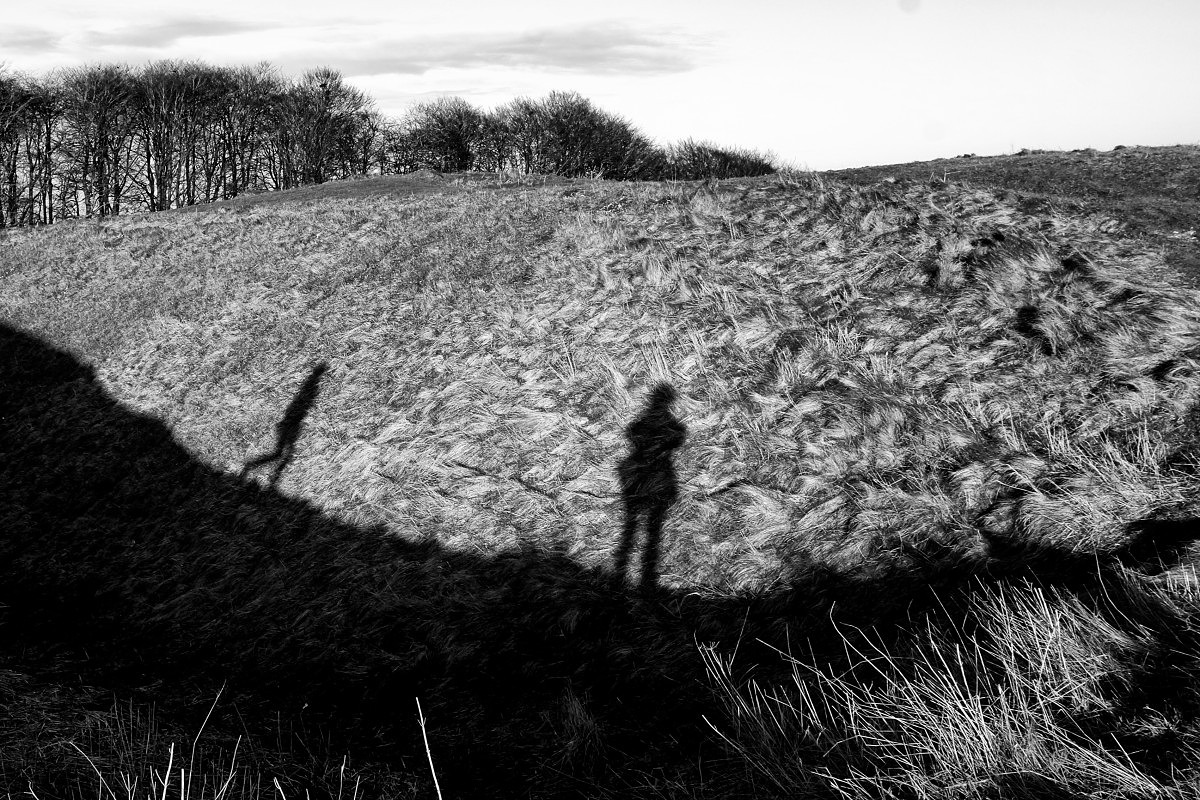
JonoSlack replied to the topic R lenses for Leica M in the forum Leica M 11 years, 7 months ago
Hi There David
I hope you're surviving all this work!21-35 (although I'm not holding my breath about the corners)
28-90 (Oh Yes!)
80-200 f4
60 macro elmarit
180 APO f2.8I've been using these on various mirrorless cameras, and I'm just panting to have a go with them on the M.
all the best
JonoSlack replied to the topic Are you pleased with the new Leica M specification? in the forum Leica M 11 years, 7 months ago
Hi Roger
I've been using my 180 APO elmarit on an Olympus OMD body with much success. Handling is fine, I'm sure it'll be fantastic on the M with the handgrip. Different from an SLR, but different can be good as well as bad.all the best
JonoSlack replied to the topic Comprehensive report on new Leica M from Photokina 2012 in the forum Leica M 11 years, 7 months ago
Hi There David
Excellent report – I learned lots from it.
One point is that the official dimensions are making the M 5mm thicker than the M9 – this is creating quite a lot of grumpiness on the net. My impression is that this is mostly due to the thumb grip, might be worth comparing the real width of the baseplate from an M with that from an…[Read more]JonoSlack replied to the topic Exhibit coming up in the forum M9 12 years, 9 months ago
Hi Guys
Congratulations on the Exhibition – I hope it's a roaring success – I'm afraid it's a bit far for me to pop in, but I'm sure that it'll be excellent.all the best
JonoSlack replied to the topic What's your favorite 50mm M lens? in the forum M Lenses 12 years, 9 months ago
Hi there
Well, I don't think it's fashionable to say so, but I'm a fan of the modern Peter Karbe lenses. So, although I've owned an older 50 ‘cron, the f1 noctilux, the 50 ‘lux asph and the .95 ‘lux, it's the latter two which are still in my collection.My favorite is the 50 ‘lux – it's so small and neat, it focuses to .7 of a meter, and…[Read more]
JonoSlack replied to the topic Street Images in the forum Images to Share 12 years, 9 months ago
Love these – especially the last one – sparkling and mysterious – excellent


